This post contains affiliate links
If you’re interested in purchasing any of the items I featured in this post, use code SARAH15 for 15% off your first order at Backcountry.com (exclusions apply).
Photo by Andrew Johnson
When the invitation came to join the founder of Acanela Expeditions and 15 others up the Marangu route of Kilimanjaro, it was a hard YES from me. Without knowing much about the route or the itinerary I’d committed to, I immediately took to Google.
But I felt overwhelmed by the abyss of information (and opinions) swirling around the internet. The blogs and message boards all had very different feedback of the mountain, but it seemed like NONE of the search results gave me the very straightforward answers to questions I really wanted to know, like; What did you pack that you didn’t end up needing? What size daypack should I bring? What does altitude sickness feel like? and so on.
So look no further, I have created the ultimate overview of the 5-day Marangu route that will answer the most FAQ about hiking Kilimanjaro.
I should start by telling you a little about myself and my athletic ability, so that as you’re reading this, you can guesstimate what your experience might be like, in comparison to my experience level. Firstly, I am a 33 year old female. I am also a Colorado native, and I currently live in Carbondale, Colorado – the western mecca for outdoors enthusiasts. My regular outdoor activities include skiing, skinning, hiking, backpacking, stand up paddleboarding rivers, and occasionally I rock climb. Regardless, every day of the week I can be found outside doing something. But before I come off as a pretentious recreationalist, it’s important that you know I was also born without my left arm, and I only got into these sports about 5 years ago. I love pushing my limits, but even on my best days, I fall between intermediate/advanced experience level. Before living in CO, I was in LA, working a sedentary, corporate career where the extent of my athletic scope was inside a spin studio a few times a week. So, I’m not a beginner and I’m definitely not an expert – I’m simply a lover of being outside
If you don’t want to read the 30+ FAQ below, here is my biggest takeaway:
-
It was harder than I expected – but not in the way I expected.
-
I underestimated the impact the porters and guides would have on my life.
-
If you are in a position to leave some gear behind for the porters, please consider donating. Acquiring cold weather, technical gear in an equator village is virtually impossible.
-
You will experience altitude sickness of some degree, regardless if you take Diamox or not.
-
Be self-aware of symptoms and don’t be stubborn about reaching the top.
-
Be responsible – do NOT forget appropriate gear / water / snacks on summit day.
-
DO NOT FORGET YOUR SUNGLASSES.
-
Wear sunscreen on your lips and on the underside of your nose for snow reflection.
-
Wet wipes are life.
-
Pack for colder temps than you think, but don’t overpack. Be strategic and efficient.
-
Bring comfort foods/snacks. You’re not going to love all the meals, and with altitude you lose your appetite, so bring anything that can excite your taste buds (peanut butter packets, hot sauce, flavored hydration tabs, flavored instant coffee etc.)
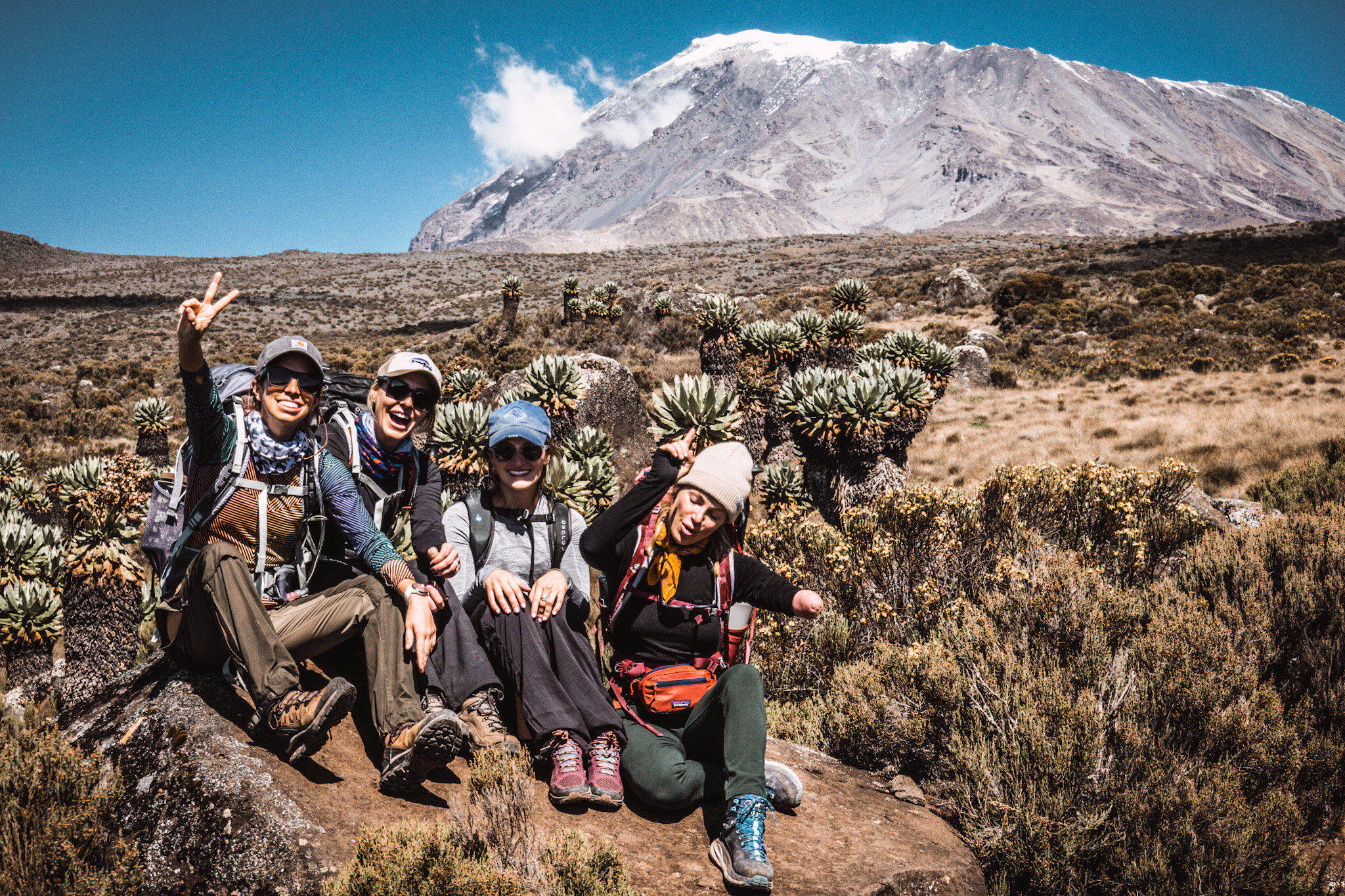
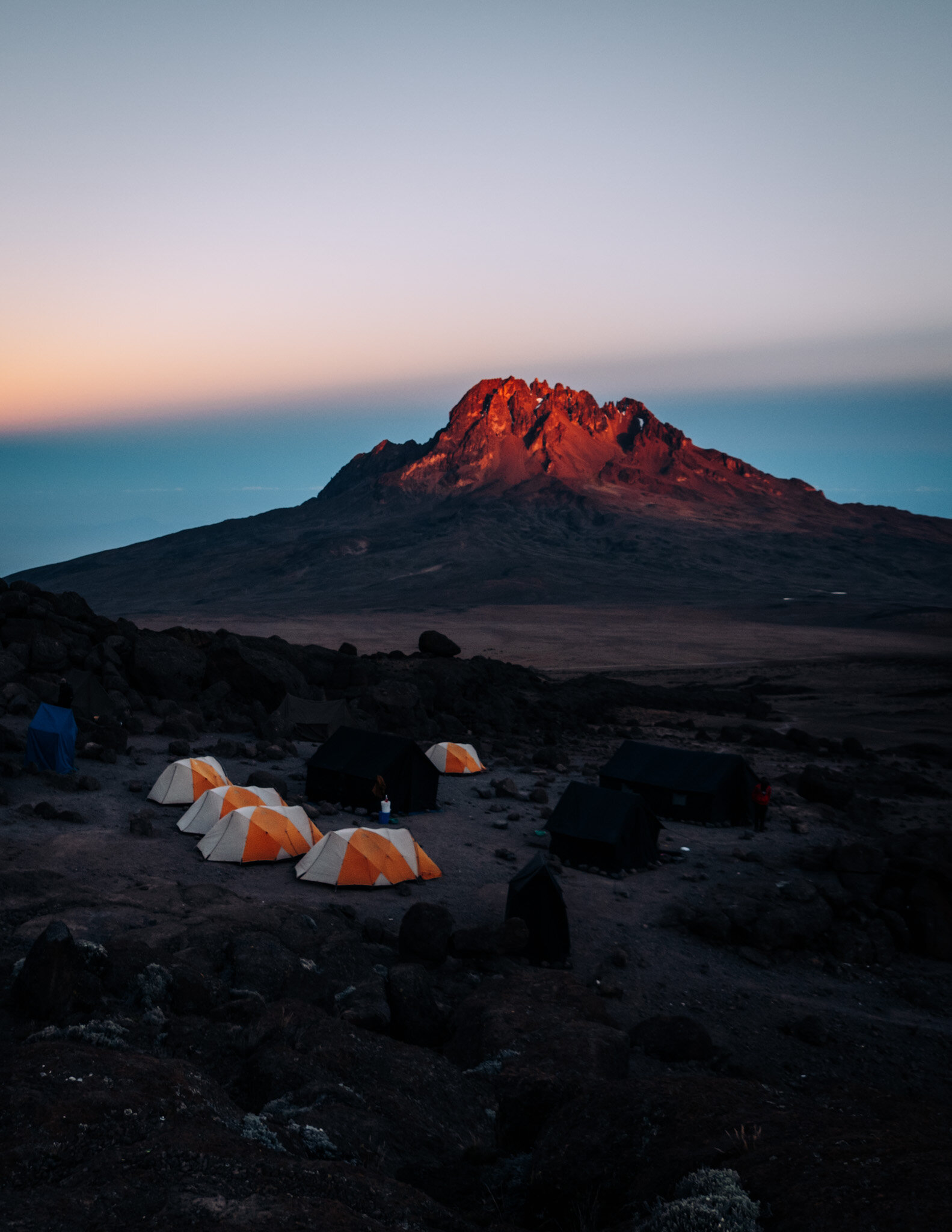
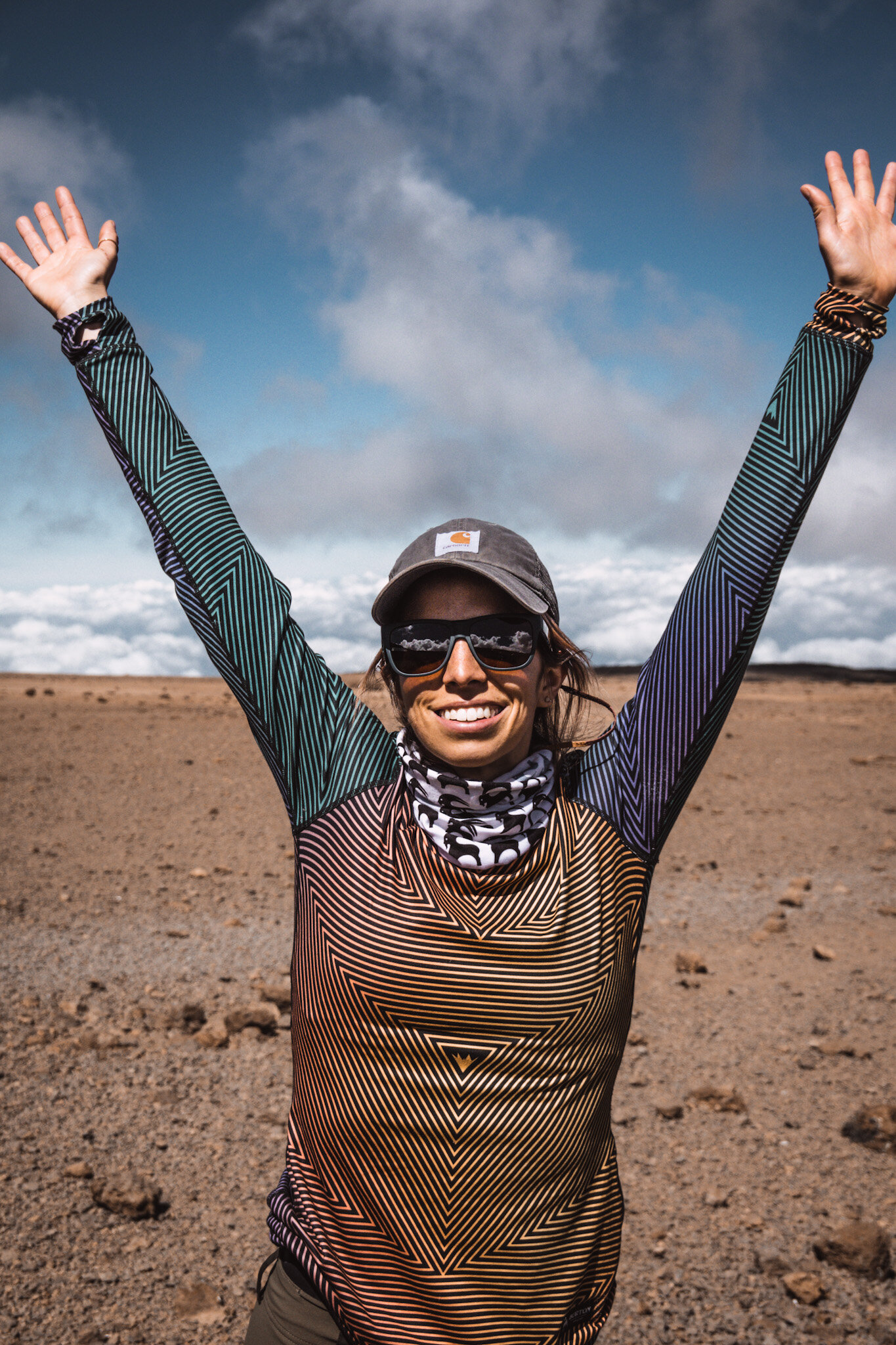
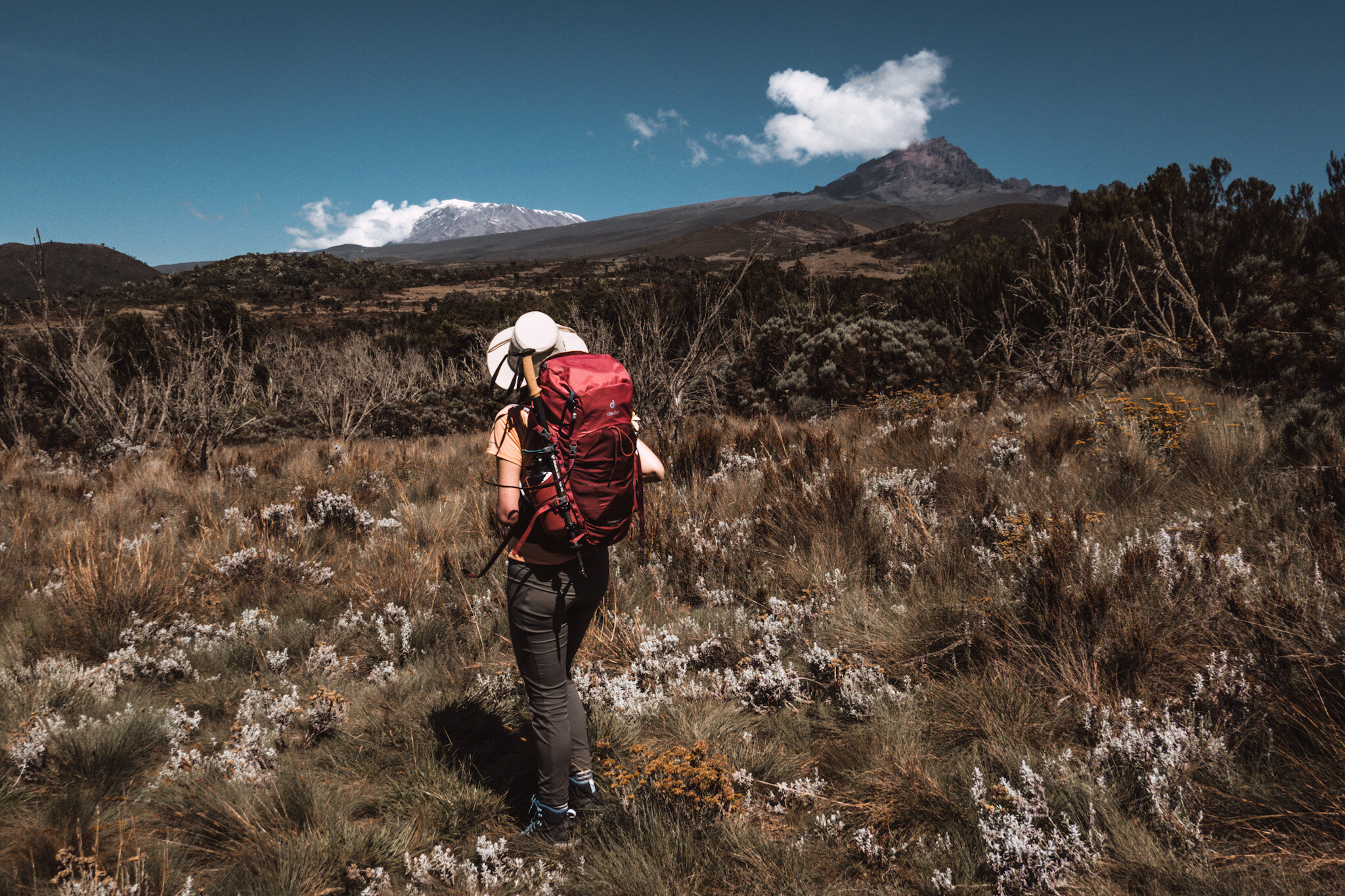
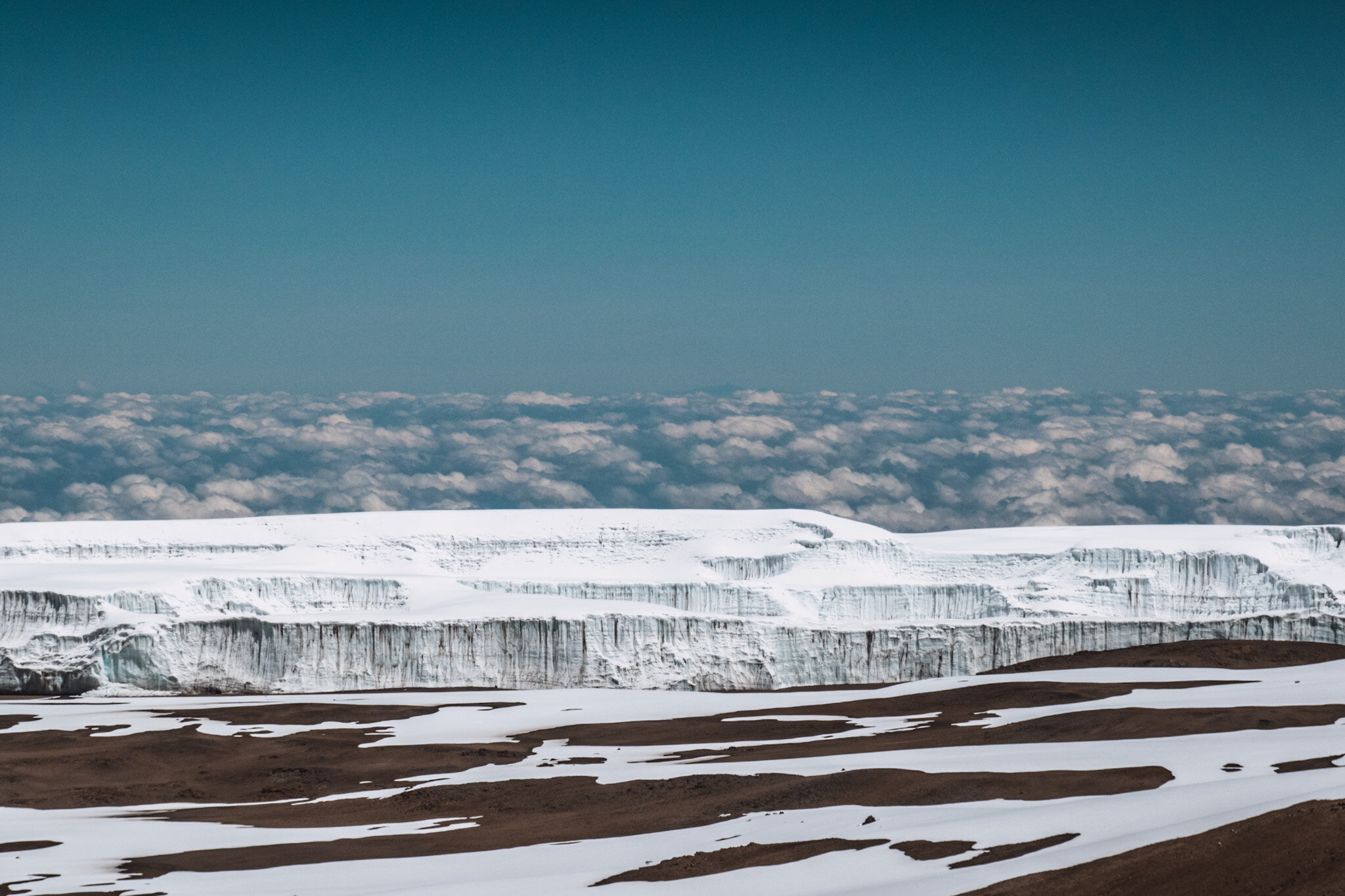
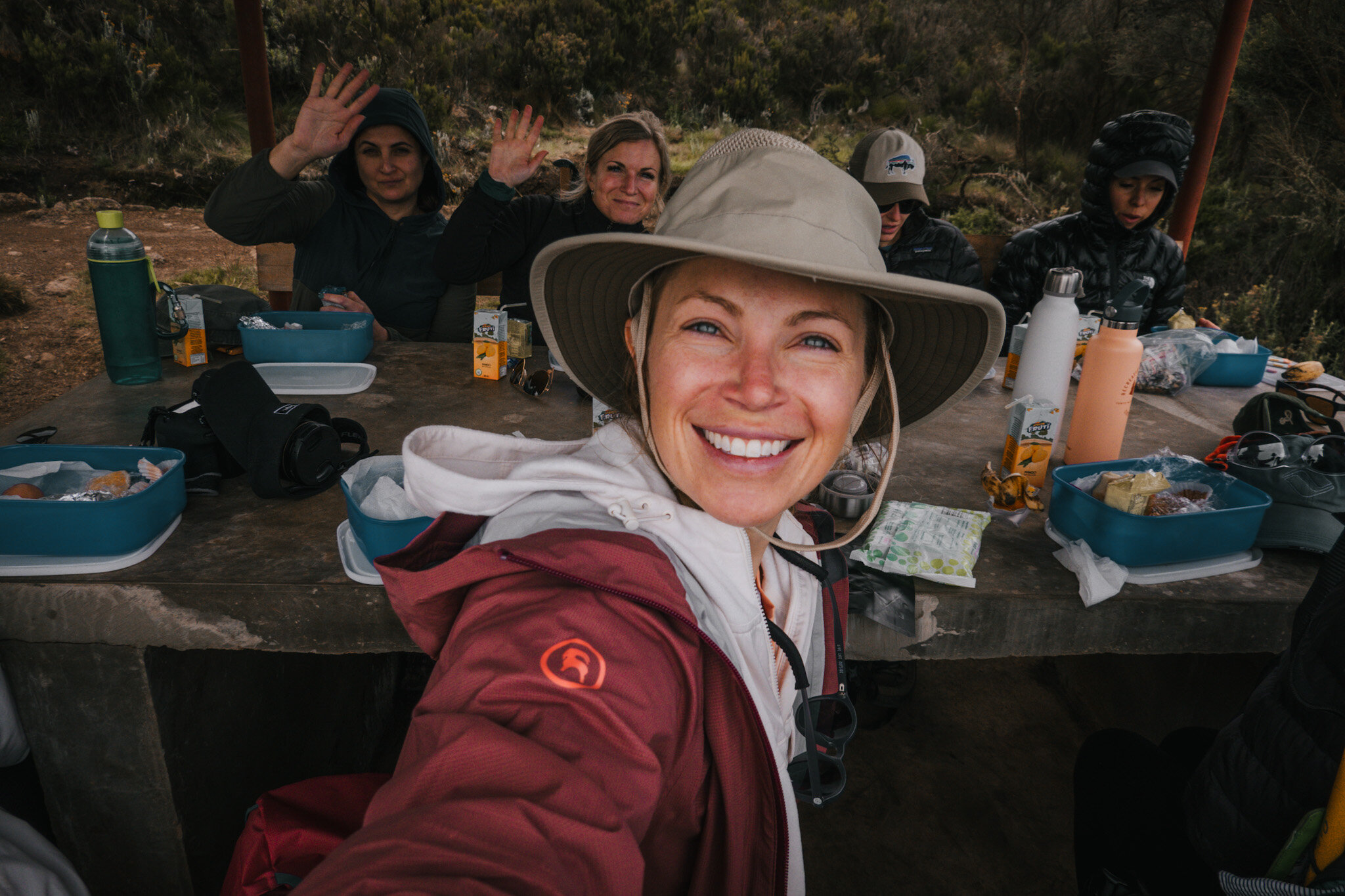
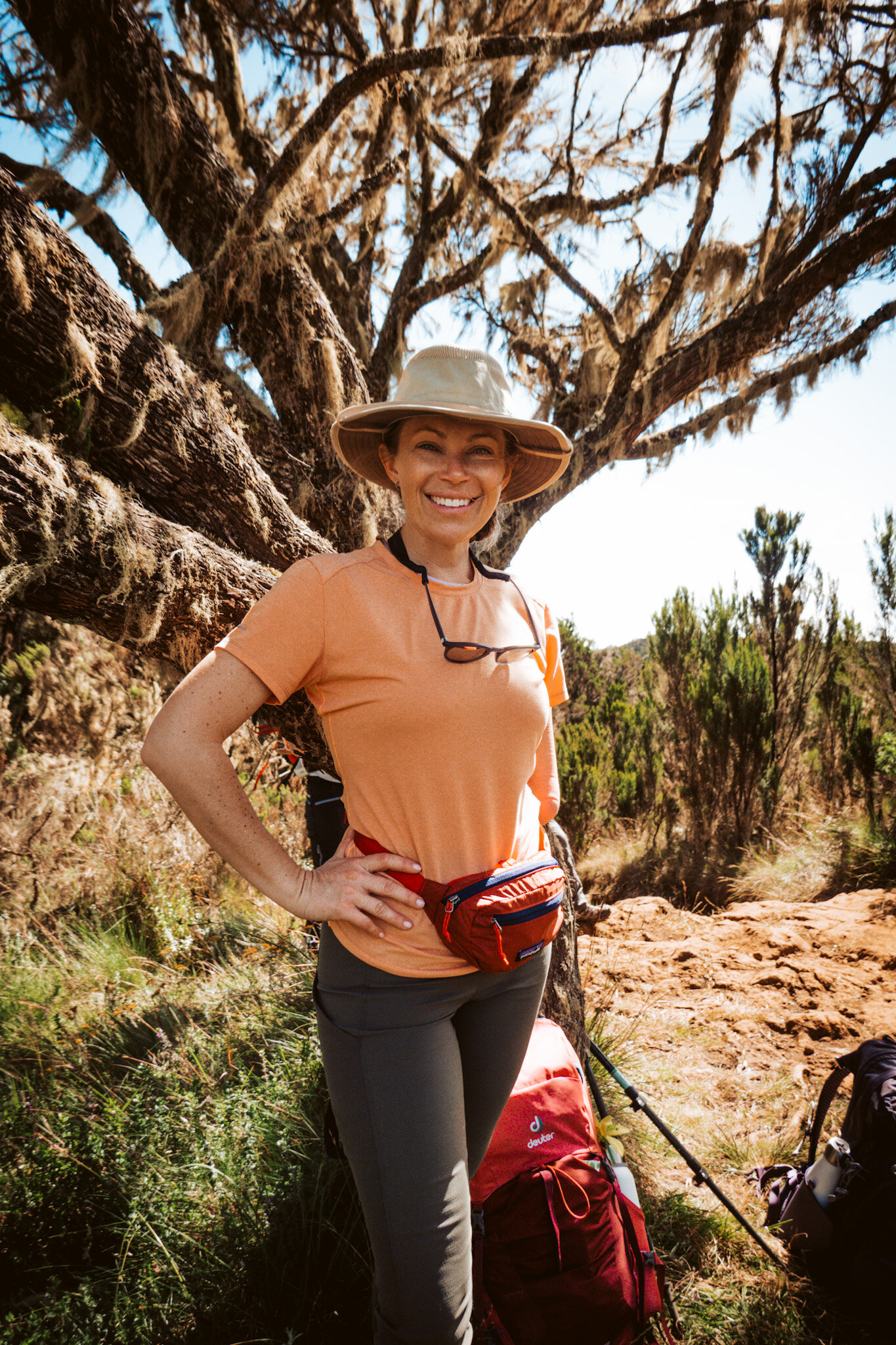
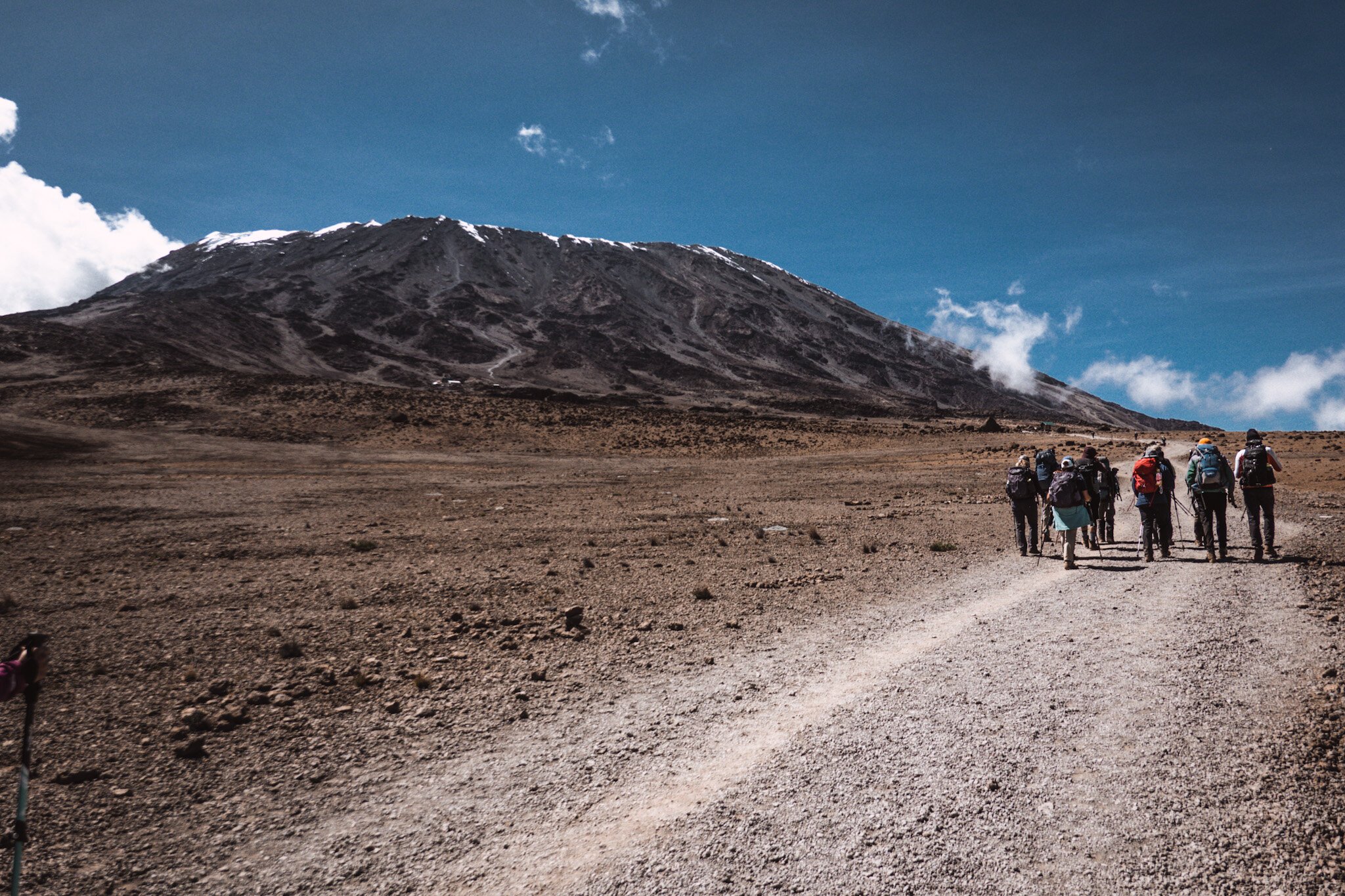
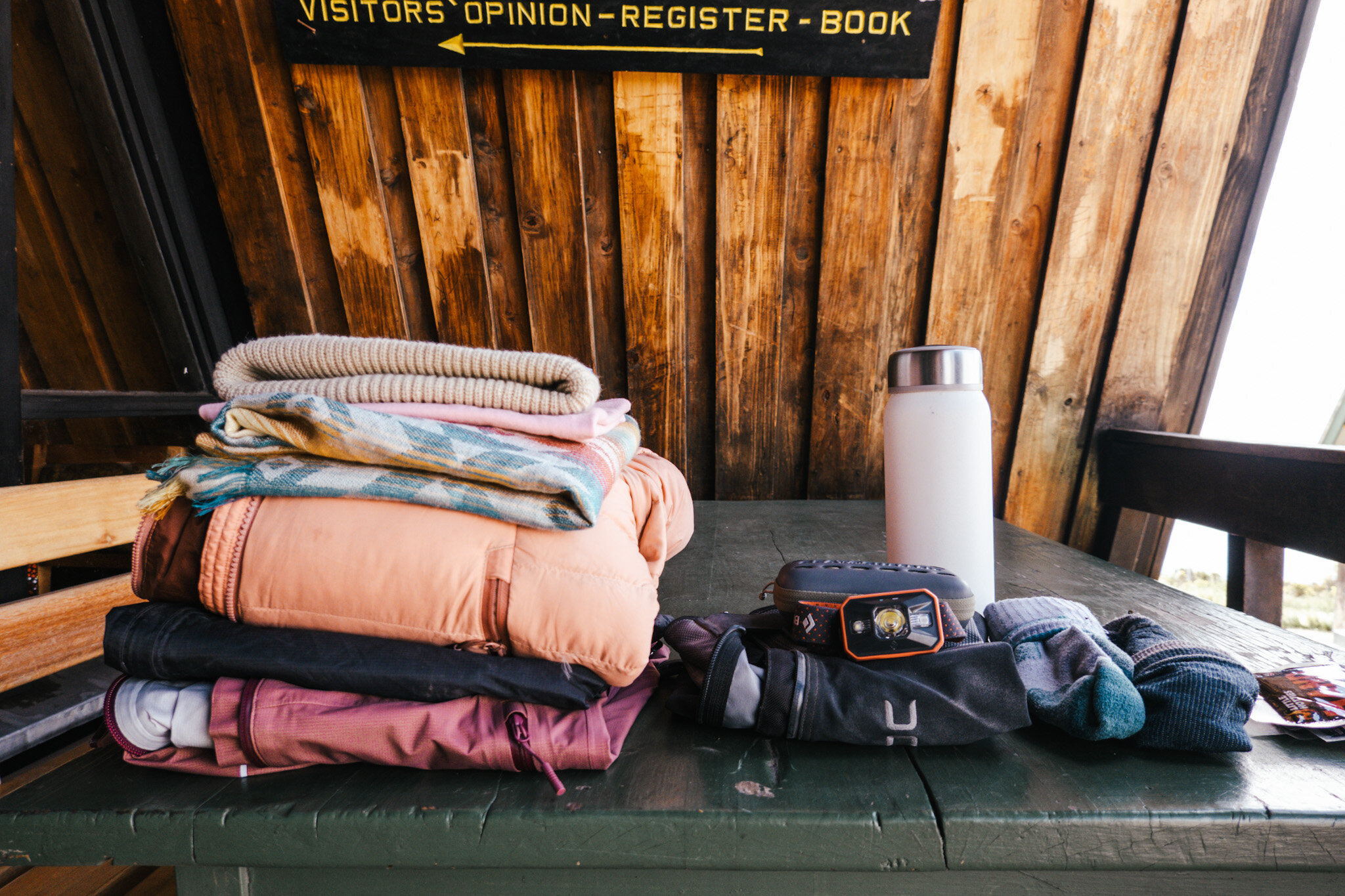
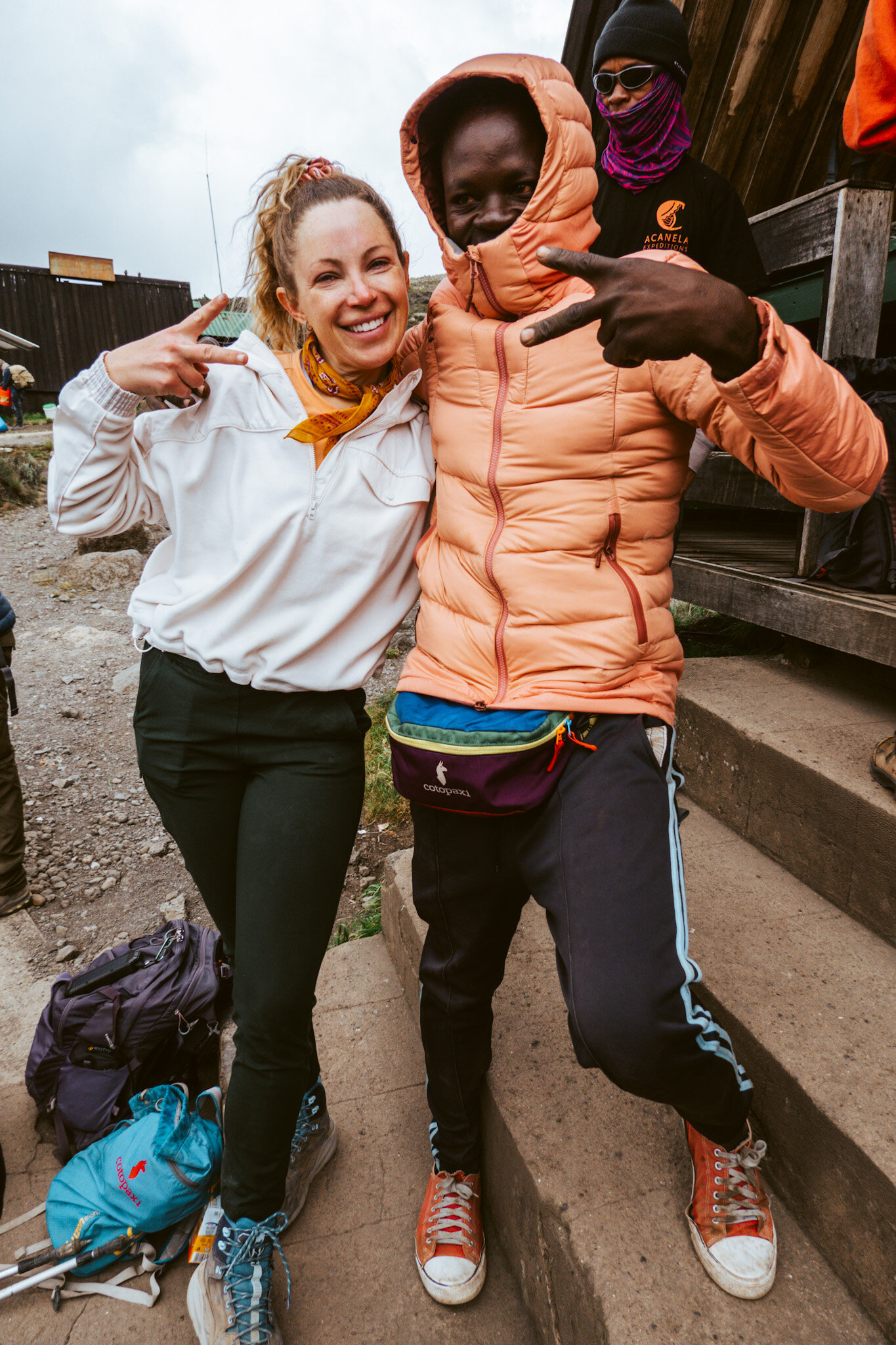
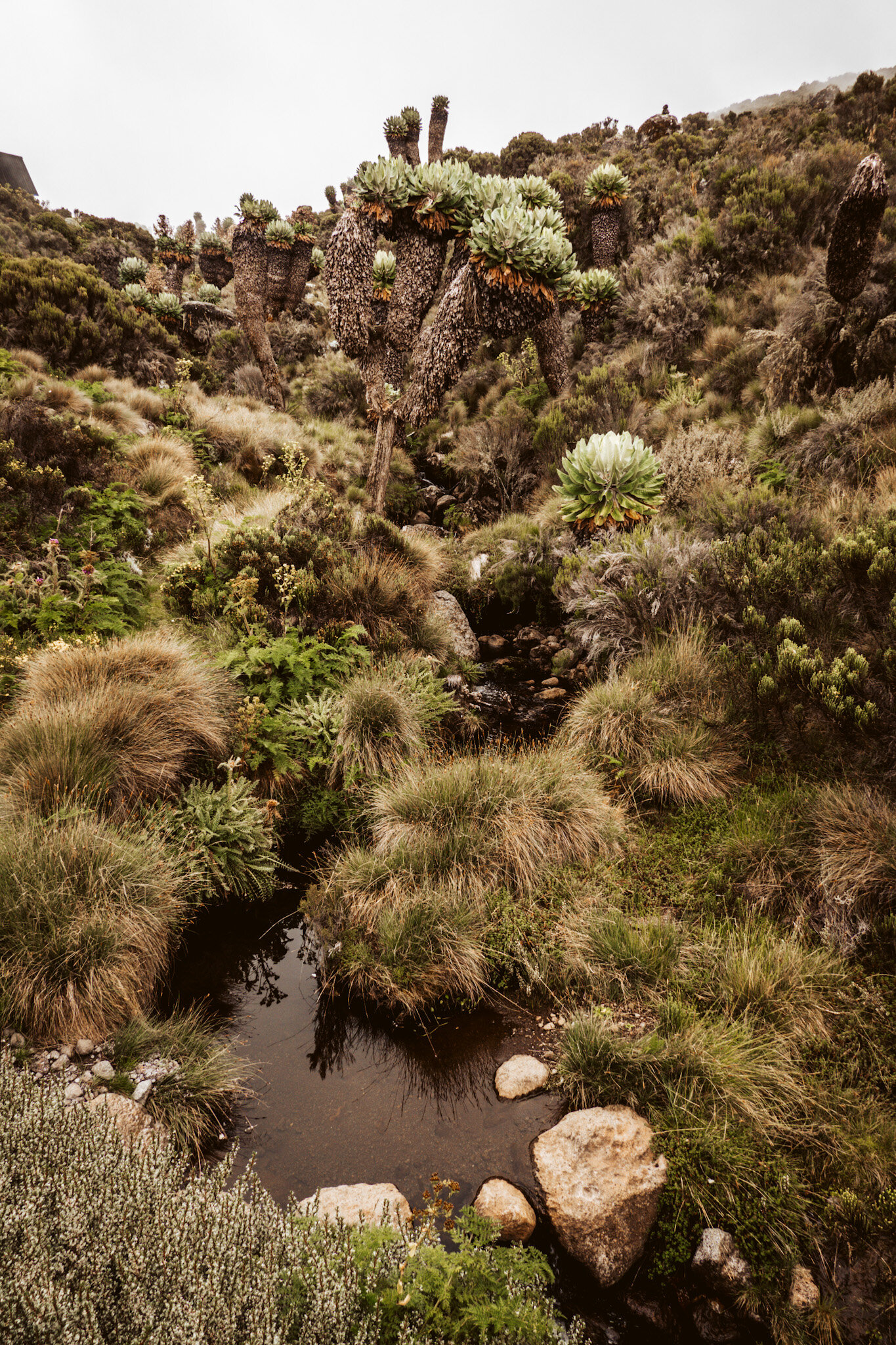
Packing List:
If you’re interested in purchasing any of the items I featured in this blog, use code SARAH15 for 15% off your first order at Backcountry.com (exclusions apply). HERE.
FAQ
Q: What route did you take?
I took the Marangu Route which is known as the “coca-cola route,” is a 5 day, out and back route. You will find mixed reviews online that say this route has the highest success rate of summiting and the lowest success rate. Here’s why it’s not exactly black and white; the marangu route is the shortest route to the top, (only 5 days) because it does not have acclimatization days built in. Acclimatization days are over night stays at higher elevation camps so that your body can adjust to the lack of oxygen in the air. Every other route (7-8 days) have 2 days of acclimatization built in so the effects of altitude sickness are less severe. Naturally, on this route the elements will be more demanding on the body, and thus, result in a lower success rate. However, the Marangu route is the only route that has huts, dining halls and functioning-ish bathrooms at each camp – every other camp ist tent camping only. It’s also considered to be the “easiest” in terms of technicality of all the routes. So what this means is that the comforts of having a little more of a “glamping” experience and easier terrain could make some view it as the easiest route, while those who have a more difficult time with elevation gain, could view this as the most difficult route. It’s going to be a personal opinion based on the type of experience you want to have.
Q: How difficult is it (on a scale of 1-10)?
★★★★★★★★★★
I rank the Marangu Route a 7 out of 10, purley because of summit day and the physiological effects altitude sickness has on your bodily functions.
Q: Day by day difficulty ranking (on a scale of 1-10)?
Day 1: ★★★★★★★★★★
Day 2: ★★★★★★★★★★
Day 3: ★★★★★★★★★★
Day 4 (summit day): ★★★★★★★★★★
Day 5: ★★★★★★★★★★ (not difficult, you’re just exhausted)
Q: What was the hardest part about the trek? / Was it more physical or mentally challenging?
The altitude sickness on summit day, and the 20 mile descent after were the hardest parts. For me, it was physiologically difficult. The difference between “physical” and “physiological,” is that “physical” refers to the body itself (broken bones, blisters, etc.) while “physiological” refers to the body’s response to physical circumstances (nausea, dizziness, shortness of breath, etc).
Q: How many miles did you hike each day?
Day 1: 7 miles
Day 2: 6 miles
Day 3: 4 miles
Day 4 (summit day): 9 miles
Day 5: 12 miles
Q: When is the best time of year to go? / What is the weather like?
The “dry season” is considered the best time of year to go (Jan – March). Even in their summer season, you can expect to encounter all four seasons on your trek. Temperatures range from highs of 80(f) at the base, to lows of 20(f) at the summit.
Q: What guide or tour group did you go with?
I went with Acanela Expeditions, which is a US based tour company who hires out Kilimanjaro Backcountry Adventures, a local guide service. You can book through either provider. Going with a US tour group will cost more, but comes with a little more concierge service. To save money, you can book directly with KBA. You’re in excellent hands going in either direction.
Q: Do you need to apply for permits?
If you go with a guide service or tour group, they will arrange all of your permits.
Q: Did you feel safe?
100% the entire time. I trusted my life with Abdul (our guide) and his staff. The guides and porter become your family – you lean on them for their knowledge, experience, friendship and support. Also, the trek is not technical, so that was never a concern.
Q: How should I train?
Kilimanjaro requires more cardiovascular strength than muscular strength. The goal is to get your heart rate up as high as possible (I recommend at least 100+ bpm for over an hour, 5 times a week). Start training 6-8 weeks before your trip, at elevation if possible. I would recommend hiking, trail running or skinning 3-5 miles every other day at 7K feet elevation or higher. If you live at sea level or can’t easily get outside, I would recommend speed walking (3.5+ mph) on a treadmill for 3-5 miles, with the incline set to 13, 4x week.
Q: What mountaineering experience is needed?
Athletic experience is needed, but you do not have to be a mountaineer. It is important that you know your own capability and are honest with yourself. If you are new to hiking long distances – while carrying 10lbs on your back – at high elevation, you might consider getting a few backpacking trips under your belt before signing up to climb kili.
Q: What is altitude sickness like?
Unlike anything I could have expected. It’s like a migraine, food poisoning and vertigo all rolled into one. When you ascend to altitudes above 8,000 feet, you can develop uncomfortable or dangerous symptoms from the change in altitude. Symptoms will improve once you descend to a lower altitude, but can include:
-
Headache
-
Nausea or vomiting
-
Dizziness or lightheadedness
-
Weakness or fatigue
-
Difficulty sleeping
-
Loss of appetite
I experienced all of the above once reaching 18,000 ft., and I did take the diamox.
Q: What is Diamox / do you recommend taking it?
You will be encouraged to take Diamox (Acetazolamide) which is used to prevent and reduce the symptoms of altitude sickness. You will need to meet with your doctor at least 2 weeks prior to leaving to get a prescription and any other vaccinations needed to travel to Tanzania. Many people in my group opted out of taking the Diamox due to the mild side effects they experienced upon taking the medicine (tingling of hands/feet). I experienced no side effects, so I continued the course of meds as directed. If you choose to take the Diamox, begin your first dose 2 days before your trek begins. The last dose you should take is the night before summiting. Regardless, of those who took the meds and those who didn’t, everyone experienced varying degrees of altitude sickness. The Diamox helps reduce symptoms, but won’t eliminate them entirely.
Q: How much does climbing Kilimanjaro cost?
The cost depends A LOT on which guide service you go with. Expect anywhere from $5K – $8K. The trek itself should never cost more than $2-3K, but with flights, gear, snacks for the trek, visa fees, cash for tipping your guides and porters, accomodation costs in Moshi, safari extensions, etc. it can all add up quickly.
Q: Do I need to get Tanzanian Shillings?
No, they accept small USD bills everywhere.
Q: How much cash should I bring?
-
(1) $100 bill for your entry visa.
-
$300-$400 in small USD bills for tipping your porters ($5 and $10 bills).
*Money MUST be printed 2013 or later. The Tanzanian government will not honor USD printed before 2013.
Q: What is the role of the porters?
There are roughly 2-3 porters for every 1 person in your group. These people are NOT hired labor, they are your family for the next 5 days. They carry your gear, your meals, your protection and everything else needed, up the mountain so you can have your life-changing experience. They will take the shoes off their own feet so you can reach the summit. They feed you, care for you and wake you up each morning with the biggest smiles. They demonstrate true selflessness, while getting very little in return. Your kilimanjaro experience would not be possible without their support.
Q: How much do we tip the porters at the end?
This is important – Don’t be cheap! It’s customary for each person in your group to tip $250-$400. This may sound like a lot right now, but after your trip you will understand why. The money gets evenly distributed amongst 15 – 40 guides and porters (this is why small bills are important). You will wish you had MORE to tip them once you see how instrumental they were to your experience.
Q: Anything you wish you had packed but didn’t?
I used every piece of clothing I packed. The only thing I wish I did have was another fleece/hoodie layer to relax at camp in. It was very chilly at night, so I slept in my Backcountry Down Jacket. Also, I wish I had aloe vera – you or someone in your group WILL get sunburned at some point. The high elevation and Diamox can exacerbate this likelihood.
Q: What did you pack but didn’t end up using?
Solar chargers, battery chargers, back up batteries, a book and A LOT of toiletries that I thought I would need but didn’t. I ended up only needing tooth paste, tooth brush, sunscreen, lip balm (with SPF), deodorant, wet wipes and meds. My phone never died, I kept it in airplane mode or off, and I brought pre-charged spare batteries for my camera. Pro photographers may have different opinions, but I never needed to recharge batteries.
Q: What size daypack should you take?
I brought a Deuter Speed Lite 30L day pack. 20L will not be enough to carry all your water, the lunch box (provided to you), snacks and layers for change in weather. Make sure you have a day pack that is compatible with a camelbak or similar water bladder. It’s so much more convenient than pulling a bottle from your pack each time you are thirsty. It’s also easier to stay hydrated without thinking about it as much. See more Deuter pack options HERE.
Q: What size duffle bag should you take on the mountain portion of the trip?
I traveled to Africa with my large, Backcountry Antigua 80L Roller Duffle suitcase (as my 1 checked bag), my Deuter daypack (as my carry on item) and my Backcountry All Around 60L Duffle bag folded up inside the larger suitcase. The night before our trek I transferred all the gear and items I needed specifically for the trek into the 60L duffle bag, and then left the rest of my stuff (safari clothes, larger toiletries, laptop and valuables) in my roller suitcase which remained locked up at the hotel until I returned off the mountain.
Q: What are the huts like?
The huts range in size depending on group size, anywhere from 4 – 10 people. The huts have bunk beds with mattresses and pillows – and no, don’t worry there are no bed bugs. However, the bedding is not swapped out regularly, so I would recommend sleeping in your bag and bringing your own camping pillow (if that’s important to you). I brought my Therm-A-Rest Compressible Pillow. The huts run off solar power, so each hut does have lighting, but no heat or running water. It gets drafty and chilly at night since there is no insulation.
Q: Do you need to bring your own sleeping bag?
I would highly recommend bringing your own bag. I brought my Therm-A-Rest Hyperion Sleeping Bag: 20F Down. If you do not want to sacrifice a little extra space in your duffle and are cool sleeping in a sleeping bag other (un-showered) people have slept it, go for it! You can rent them for $50 from your guide. Just give them a heads up before arriving that you will need to rent one.
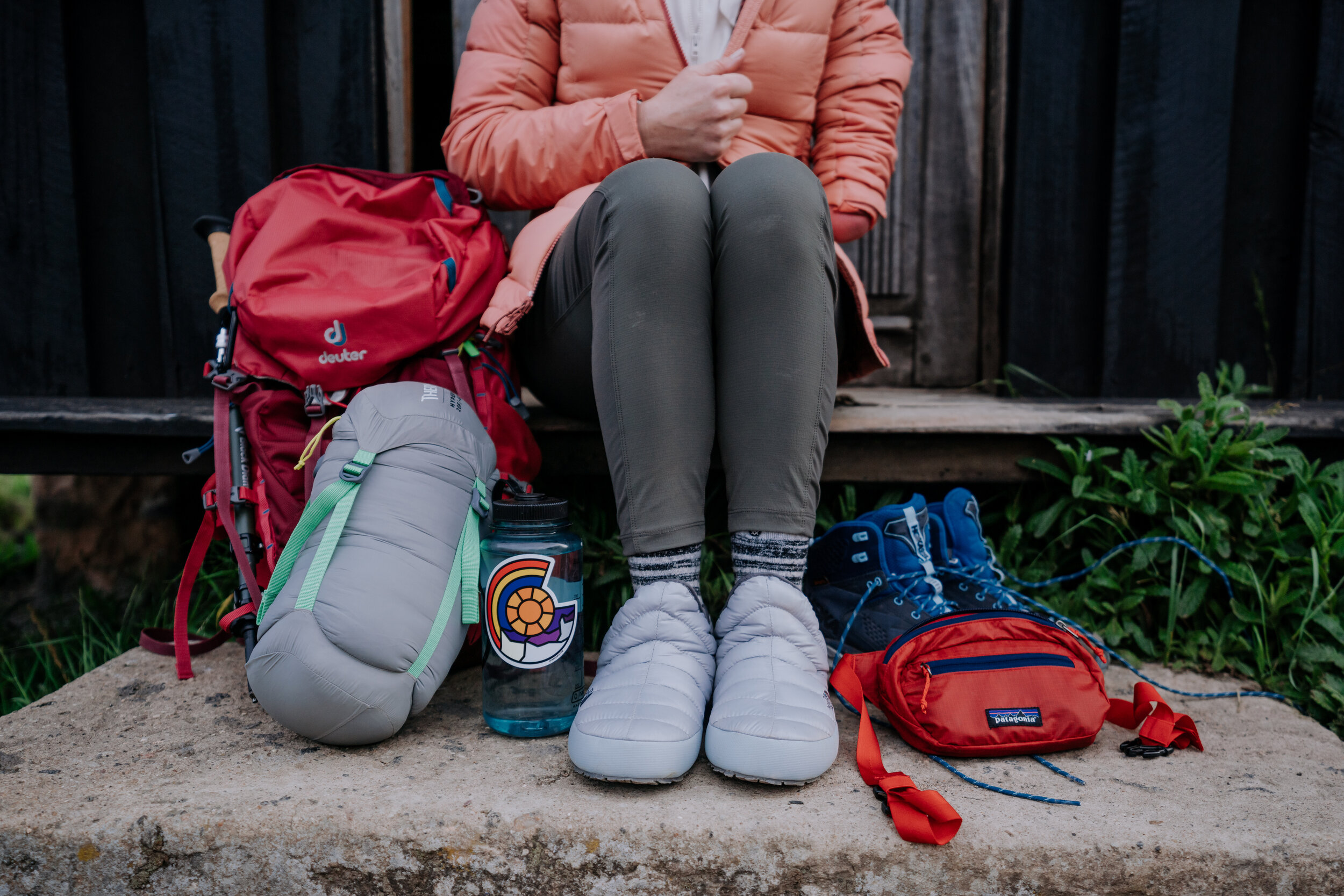
Photo by Andrew Johnson
Q: What is the food like?
Expect to be over fed, and in multiple courses at each meal. It’s important you eat as much as you can – even when you don’t have your appetite. Porters will encourage you to feast and it is considered rude not to eat what they have prepared for you. Don’t go to Kili thinking you’re going to lose weight – you must stay fueled throughout the day. For Breakfast you will have chapatis (similar to crepes or pancakes), porridge, fruit, eggs, sausage (which are more like american hot dogs) and toast. Lunch is always a box lunch of hard boiled eggs, a piece of fried chicken, cookies, chocolate, a banana, and a juice box. Every dinner starts with soup followed by a main course and lots of veggies. The ingredients featured will be recycled for every meal in different ways. Lots of starches (potatoes, rice, spaghetti, white bread), veggies (carrots, peas, pumpkin, squash, green beans), and protein (mostly fried chicken or fish). Even the most picky eaters will be scarfing the food by day two because you will be famished and crave the warm carbs. If you find the food bland (which it can be) I recommend bringing peanut butter packets or your own small bottle of hot sauce to flavor things up.
Q: Where do you go to the bathroom?
Communal bathrooms are located throughout campsites and a few at picnic stops along the trail. Some bathrooms towards the bottom of the mountain have actual flushing toilets and running water – though it is not safe to drink. Some bathrooms are just holes in the ground that you squat over. None are pleasant and some, you might just be better off peeing on a bush. Bring biodegradable wet wipes and black ziplock bags to carry your tissue out.
Q: Will I need my passport on the mountain?
Yes, keep your passport and wallet with you the entire time. You will need your passport to register at the national park entry gate.
Q: Any toiletries / supplements you couldn’t have lived without?
Wet wipes, sunscreen, SPF lip balm, Advil, Tums, Aquafor (for wind chap), Sport Legs (for lactic acid build up) and Arnica (for swelling and muscle pain).
Q: What do you do if you’re on your period?
Bring these black zip bags to dispose of your feminine hygiene products until you reach a proper trash can at the park exit.
Q: Any hygiene tips?
Bring panty liners so you can extend the use of your undies.
Q: Now that you’re back, what do you wish you had known?
I wish I had known what an impact the porters would have made on my experience. I honestly thought the experience would be about the mountain, and it was more about the people I met and the relationships formed ON the mountain. Also, I would have brought more small USD bills for tipping.
Q: Hindsight is always 20/20, if you could do one thing differently, what would it be?
I would have packed an entire extra duffle bag full of gear and warm layers to give the porters. There is so much they need, that tourists have more than enough of. I would have brought more small bills to tip them extra. Other than that, I felt prepared, I felt capable and I felt open to the experience. There is nothing else I would change.
Q: Did you cry when you reached the summit?
Everyone will cry for one reason or another during their summit experience. Whether it’s tears of joy or tears of discomfort, expect to cry. Personally, I cried briefly when I imagined my late dog Leo hiking along beside me.
Q: Would you do it again?
Climbing Kilimanjaro is what they call “type 2 fun,” meaning that while you’re experiencing summit day, you question why you signed up for it… but by the time you recover, you realize how incredible it was. I would do it again 100%
Q: Would you recommend adding on safari after?
I would strongly encourage you to add a safari onto the end of your trip. You didn’t fly half-way around the world to the animal kingdom not to see some elephants. Additionally, I couldn’t imagine getting on an airplane immediately after climbing. Take Sport Legs to help with muscle fatigue. It’s important to give your body a few days to flush out the lactic acid that built up in your legs. I added a 4 day safari to the Ngorongoro Crater and the Tarangire National Park onto my trip. They were OK trips, but I would recommend going one hour further to the Serengeti where you are guaranteed to see every animal imaginable, since you’ve already come so far.
Q: Are the trails full of trash and debris?
Sadly, sort of. I was surprised and felt helpless regarding the amount of debris on the trail – especially the higher we got in elevation. At lower elevations, there are trail maintenance teams that come in and collect trash, but not at the top. I wouldn’t encourage anyone to feel responsible to collect trash (especially because you can hardly afford to accumulate weight) but I would encourage everyone to practice LNT (leave no trace).
Q: Is there wildlife?
We saw monkeys and a chameleon, but that’s about it. That’s why you should go on a safari to unwind and take in the sights while your legs recuperate!
Q: Were there bugs?
Very few. I think we only saw one or two daddy long-leg spiders the entire trip, and no mosquitos. It’s too cold and the elevation is too high for most bugs. You will not need bug spray for the trek, but if you option to go on safari after the trek, you will definitely need your bug spray.
Now you’re ready to climb Kilimanjaro! I hope you have the most life-changing experience, like I did.

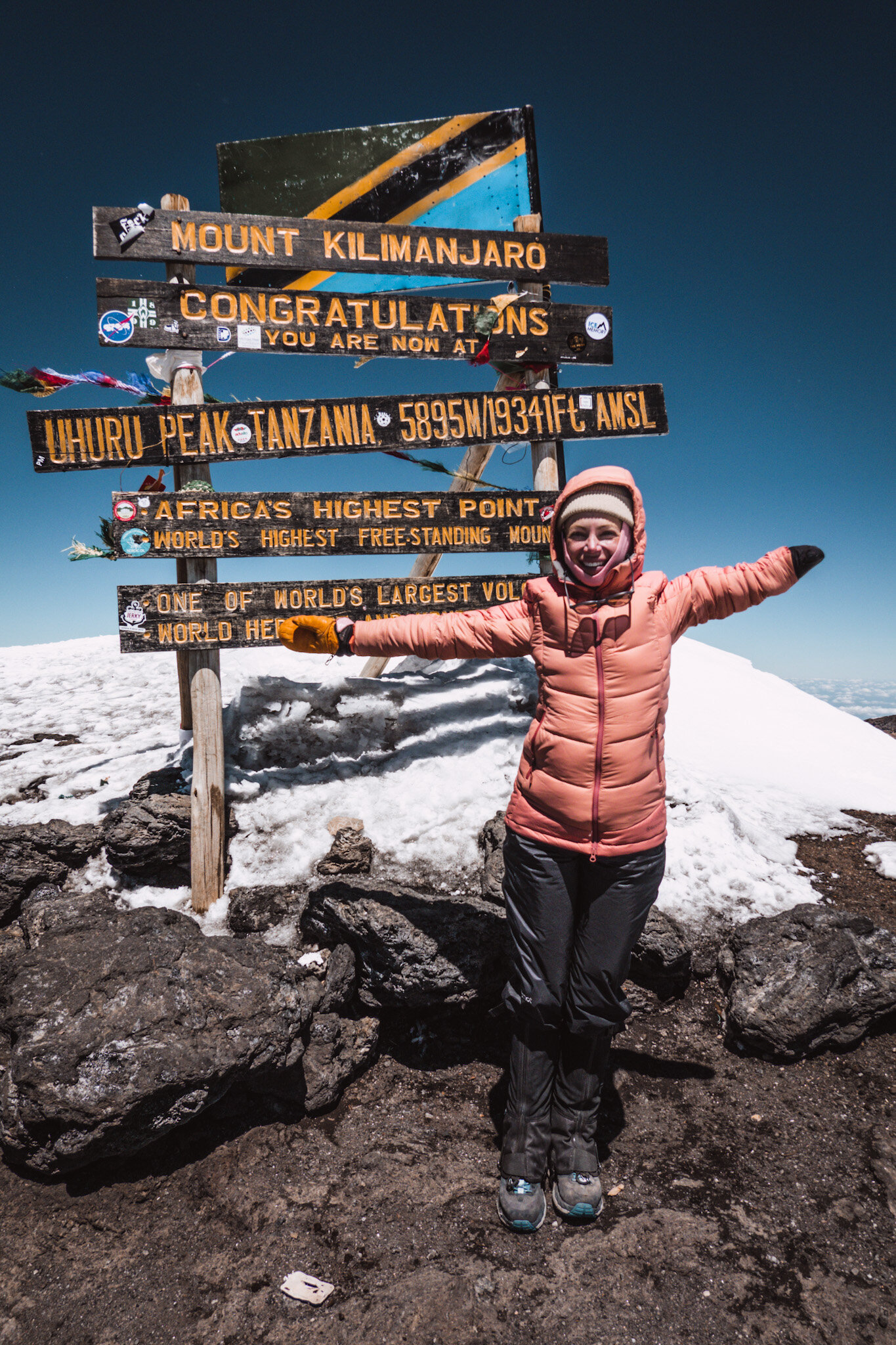
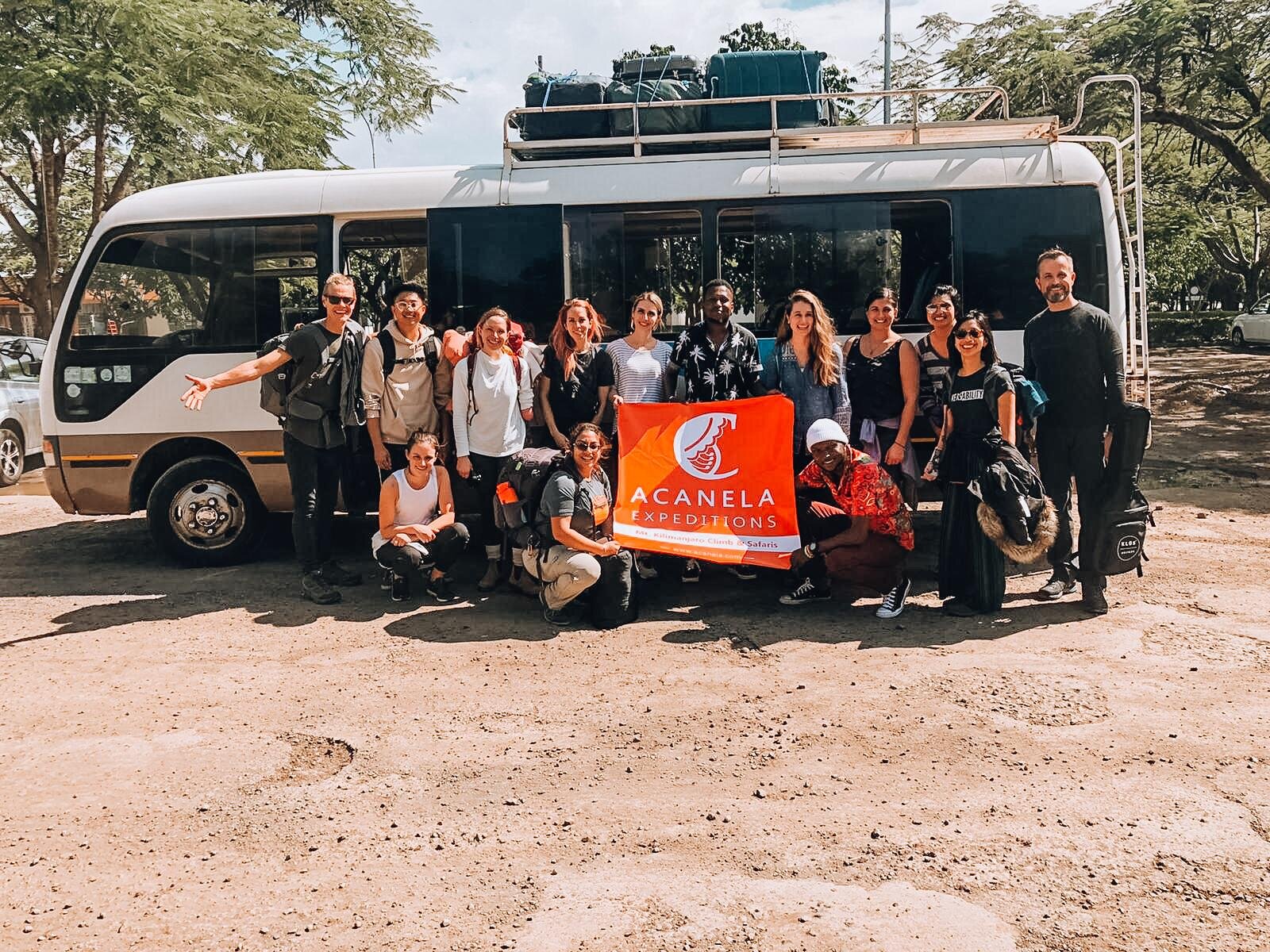
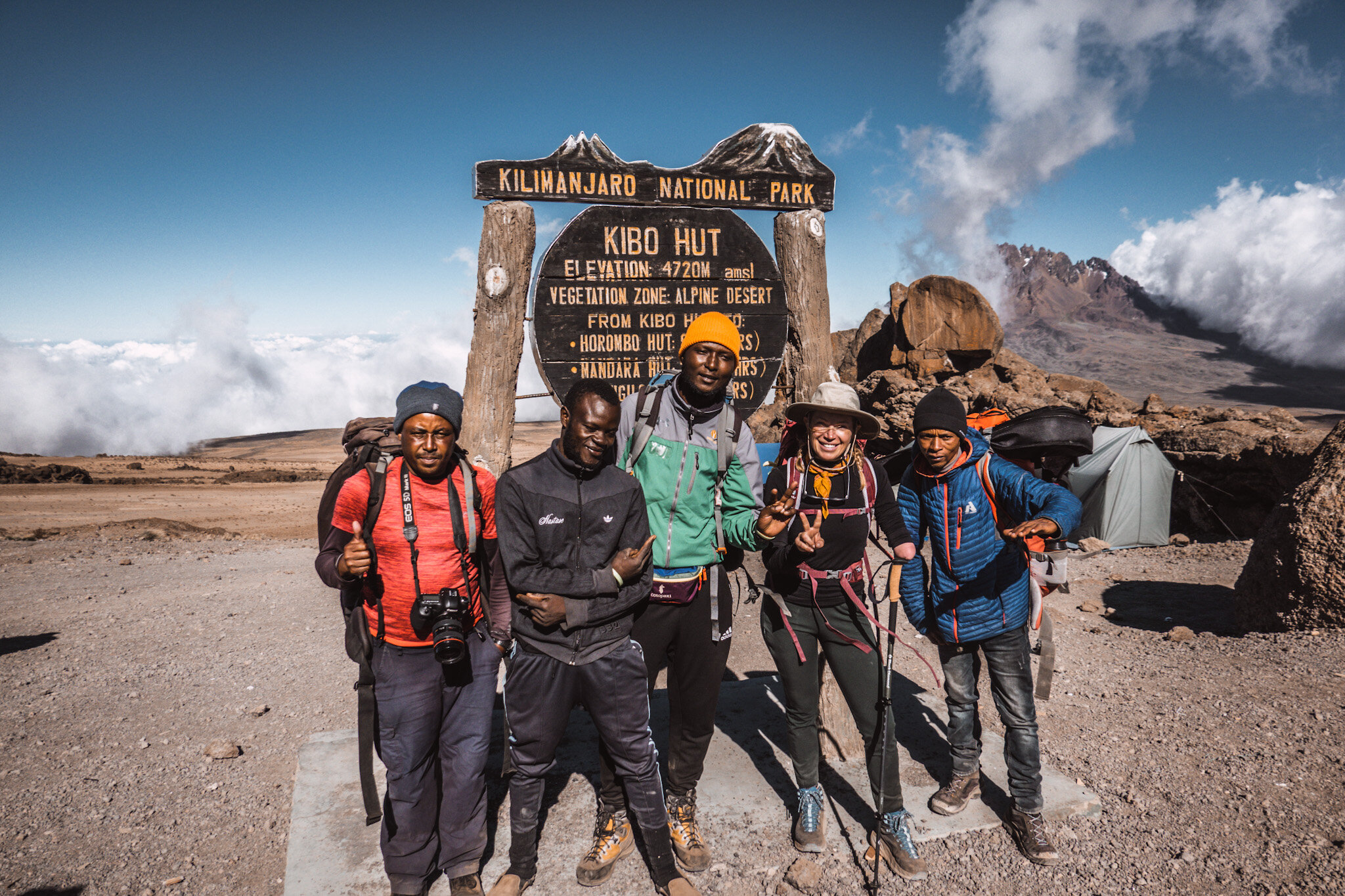
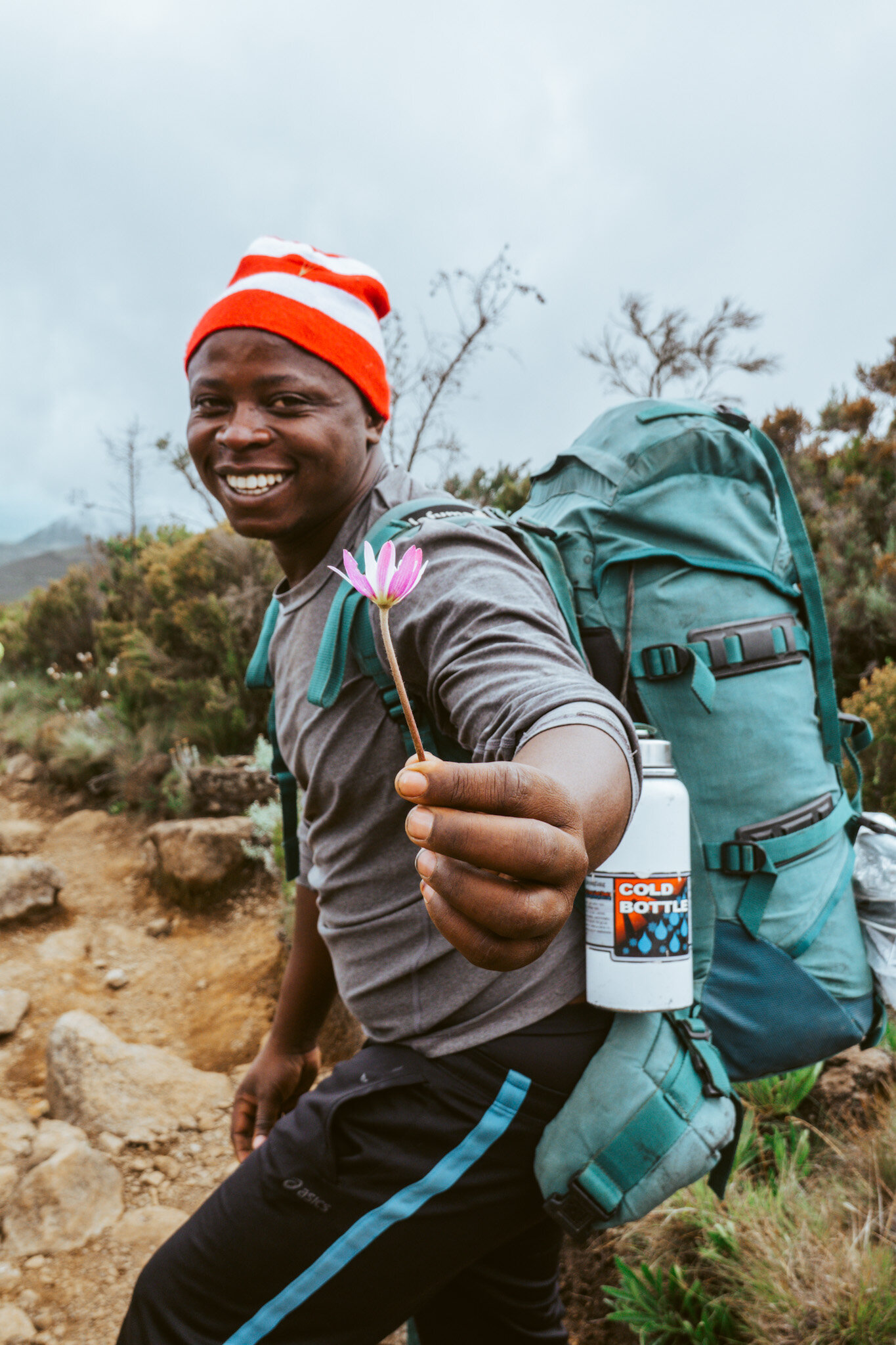
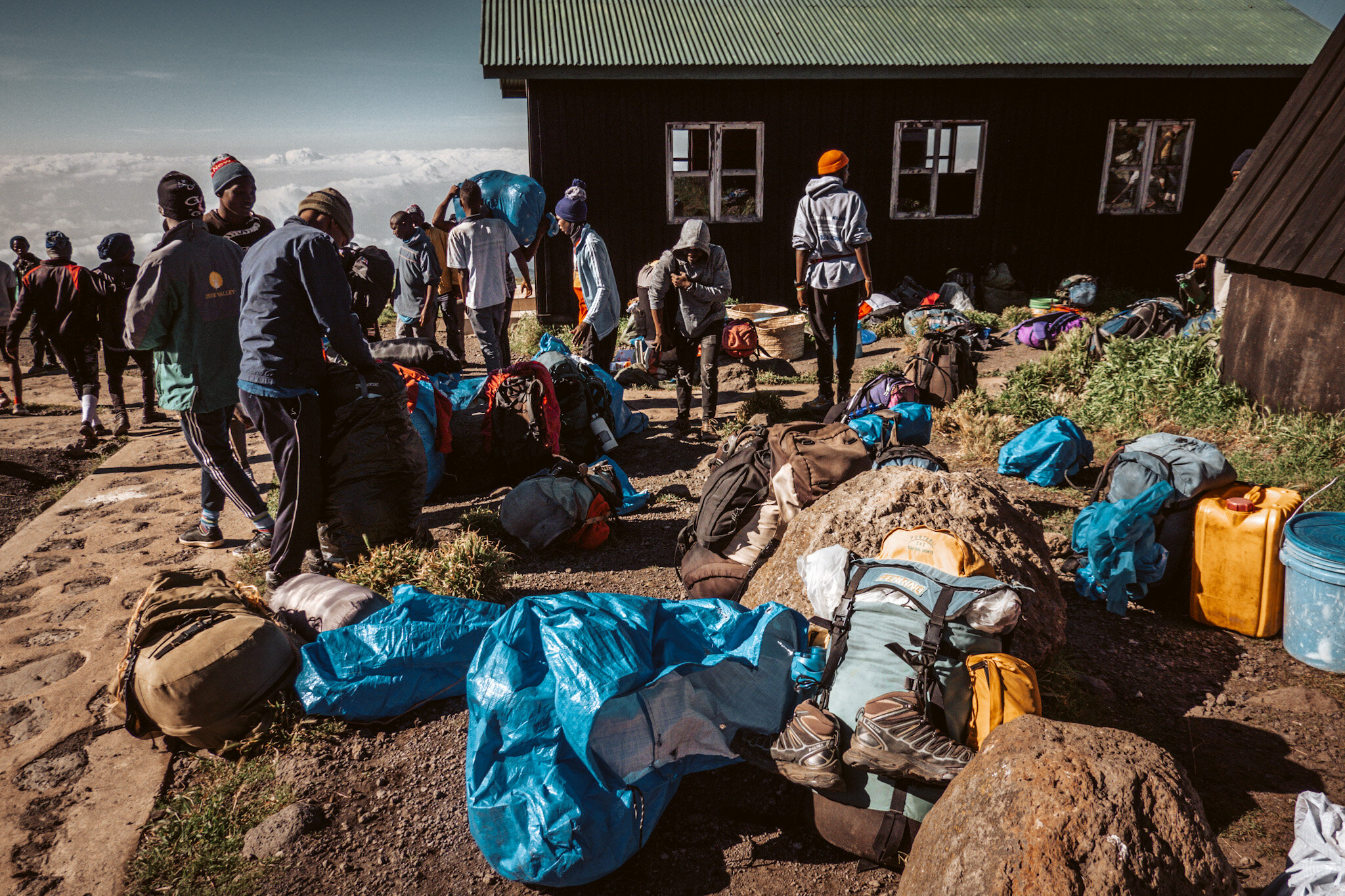
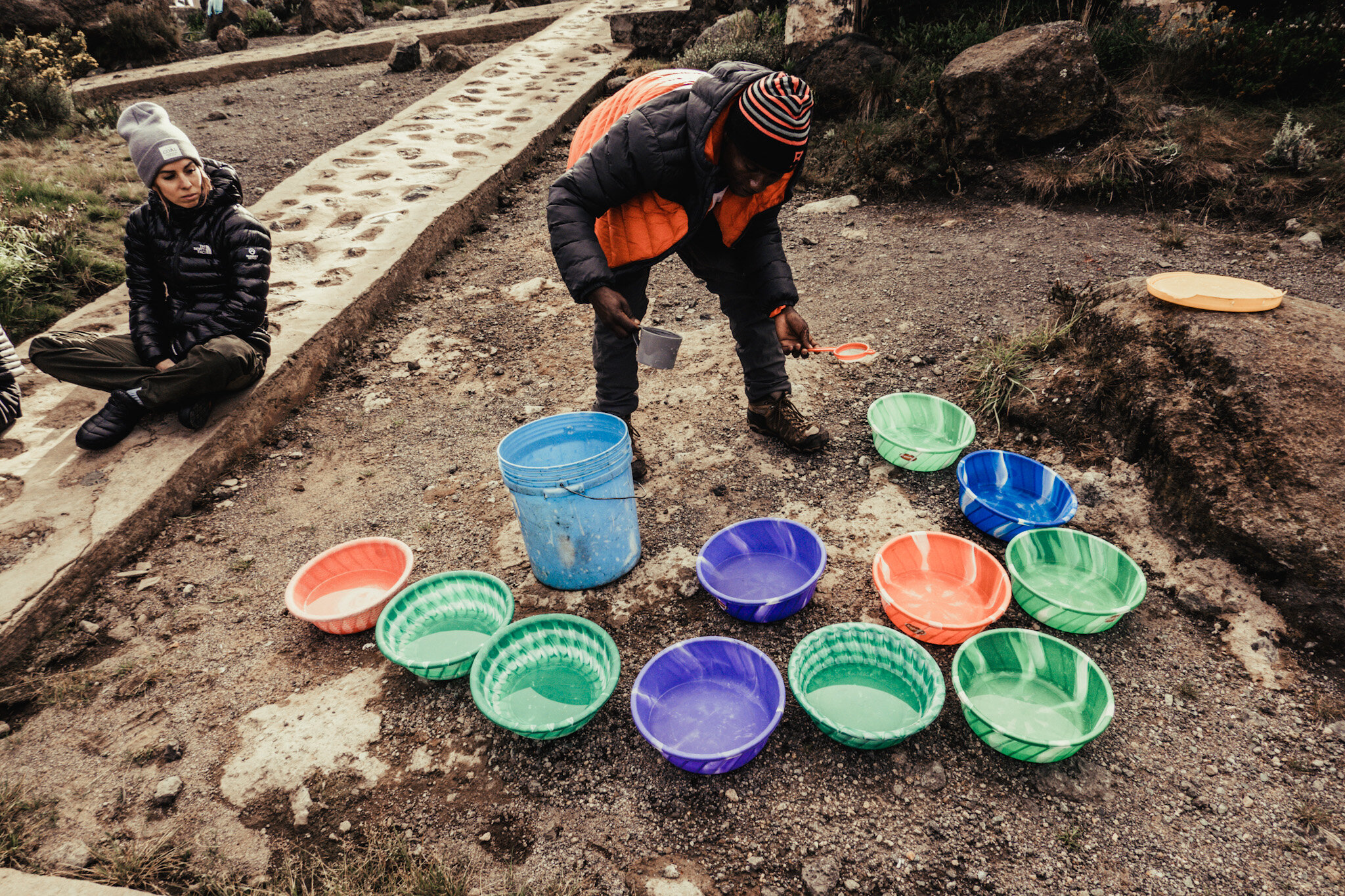
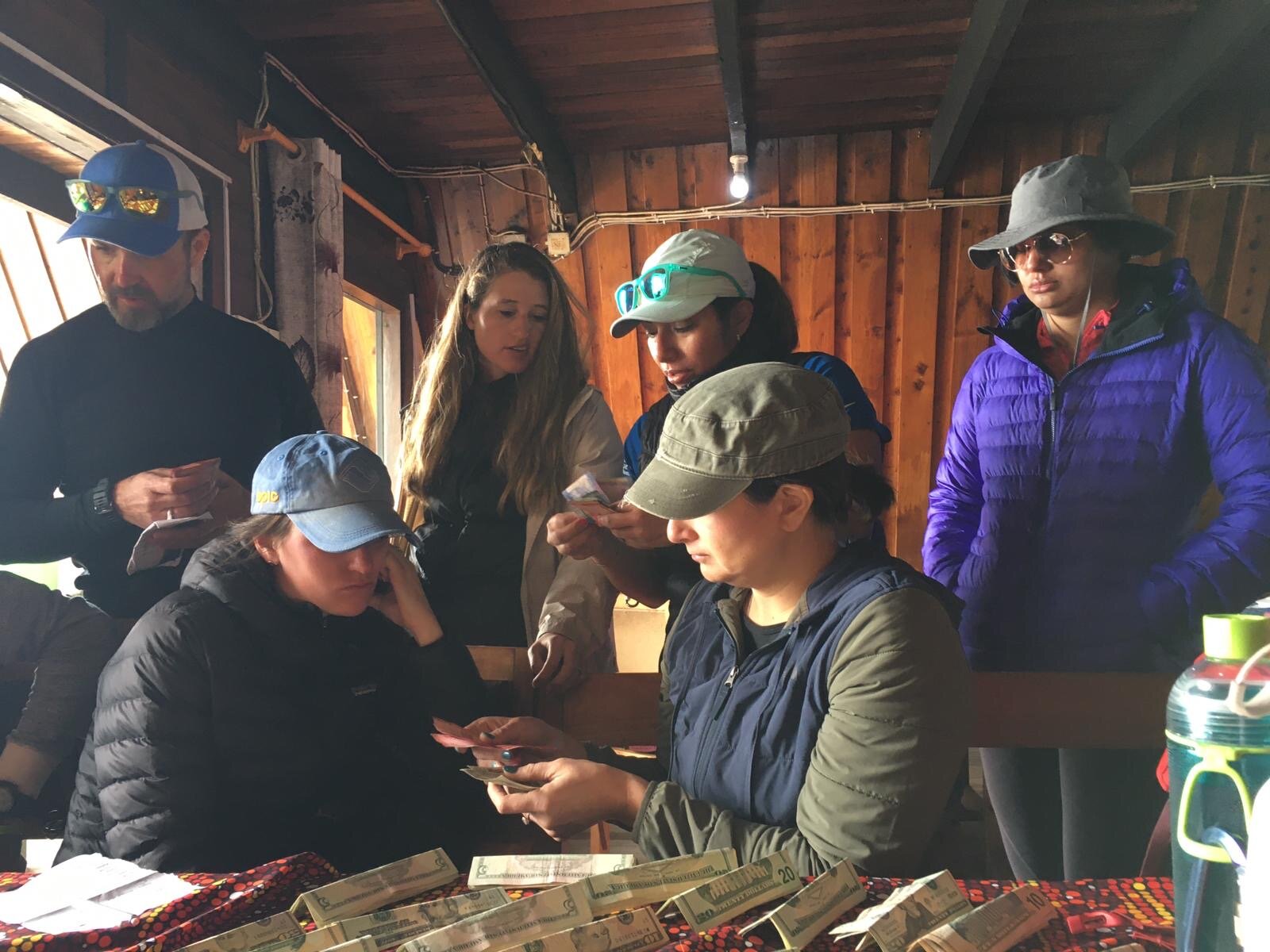
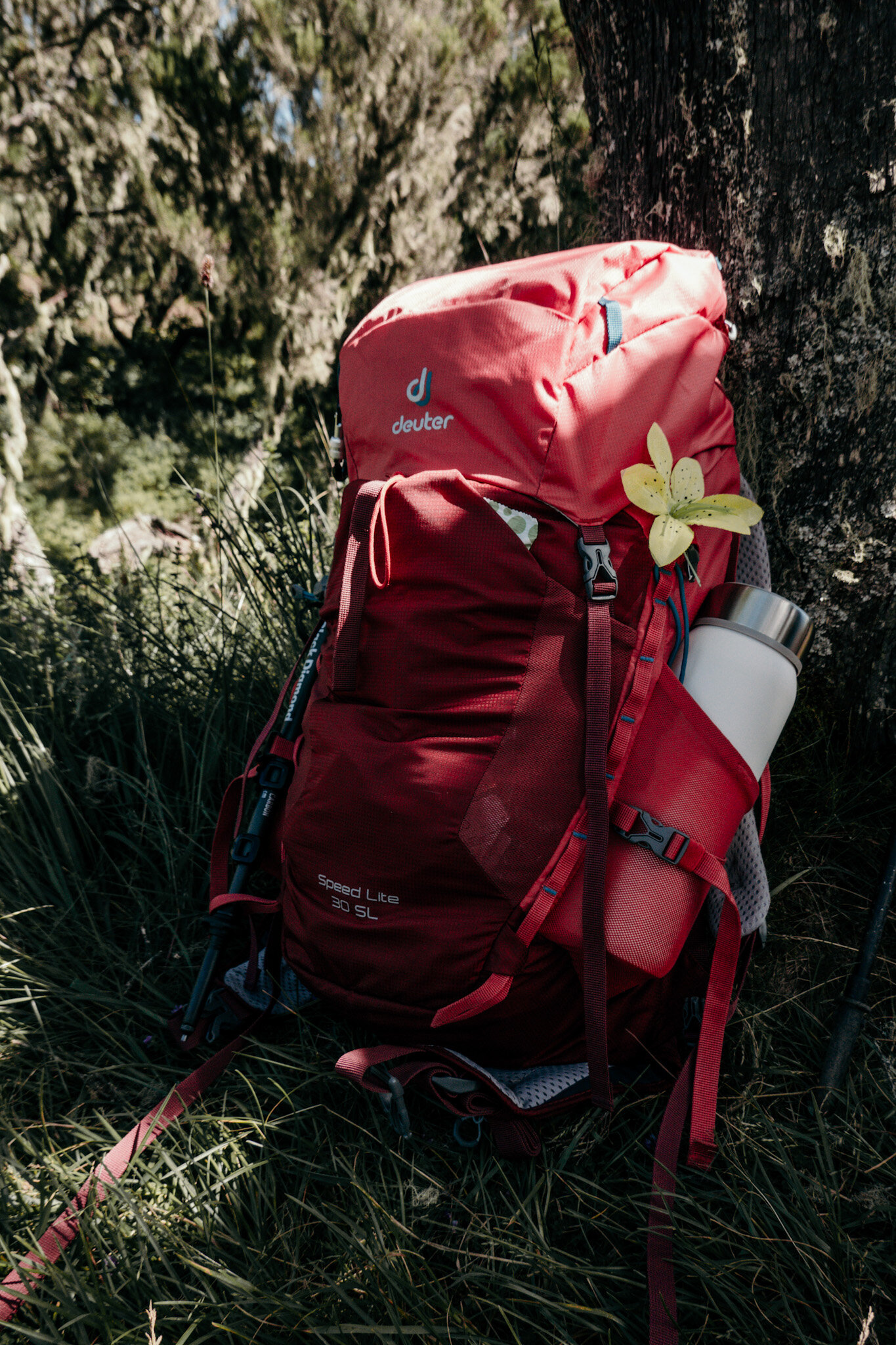
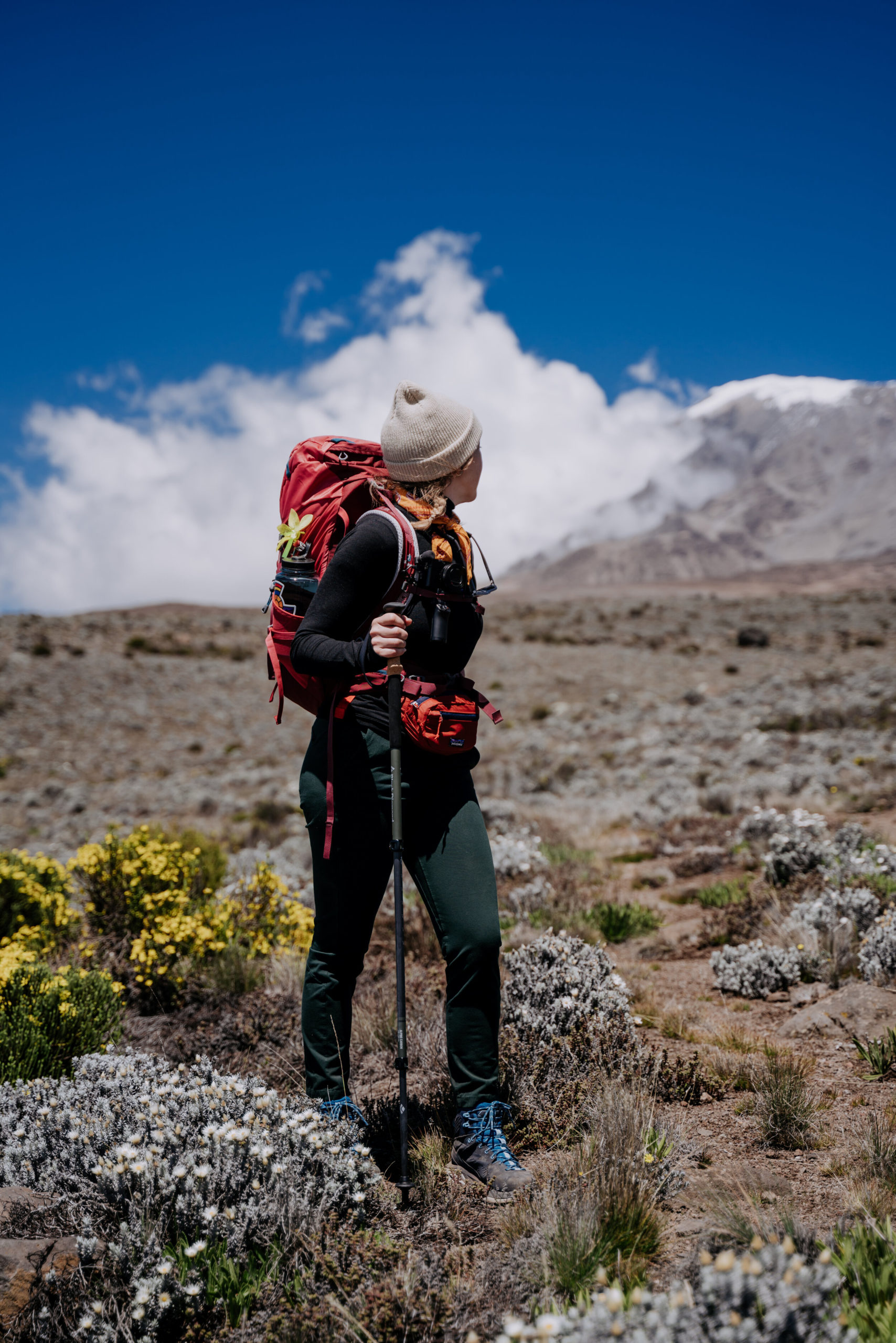
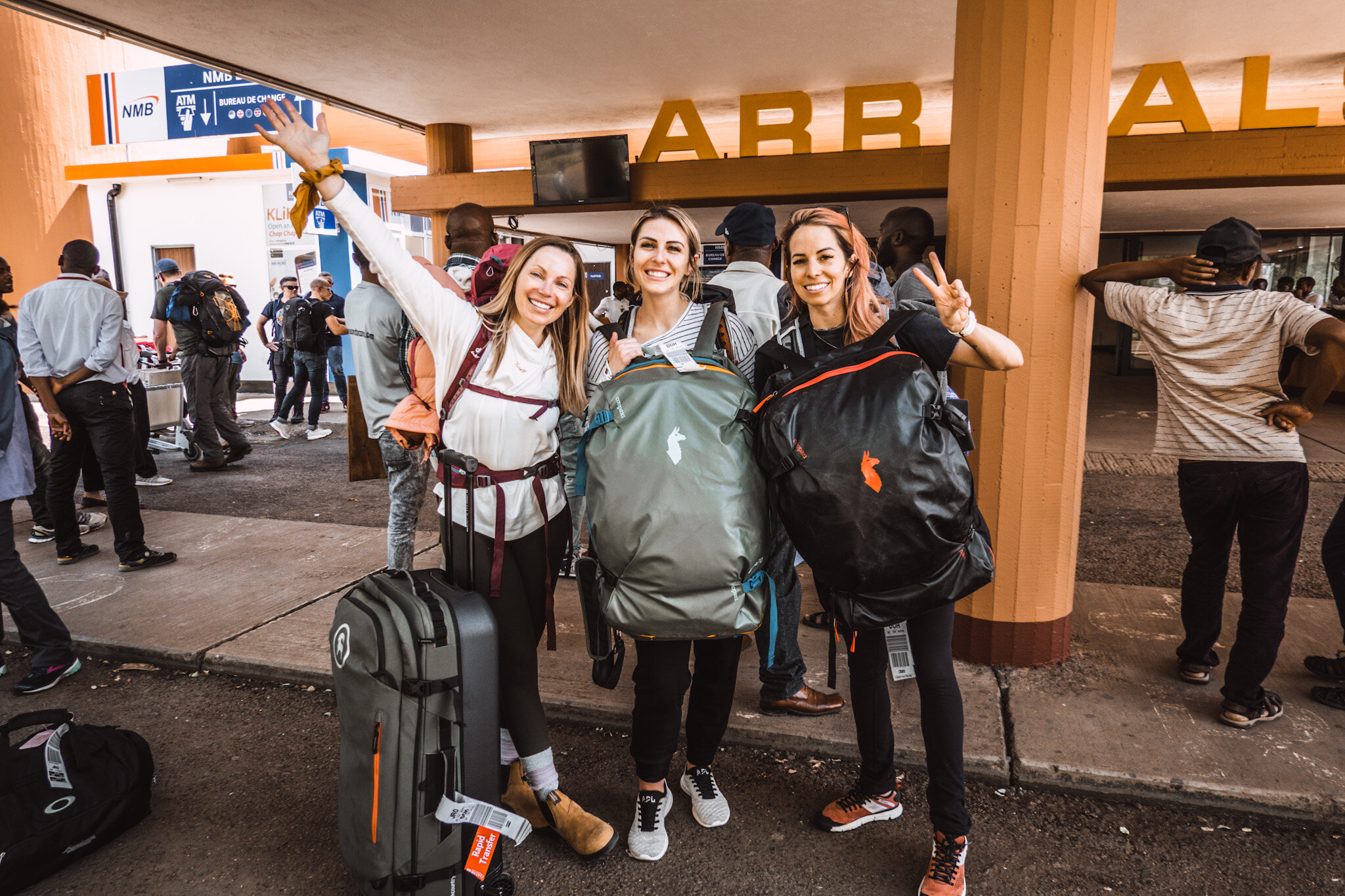
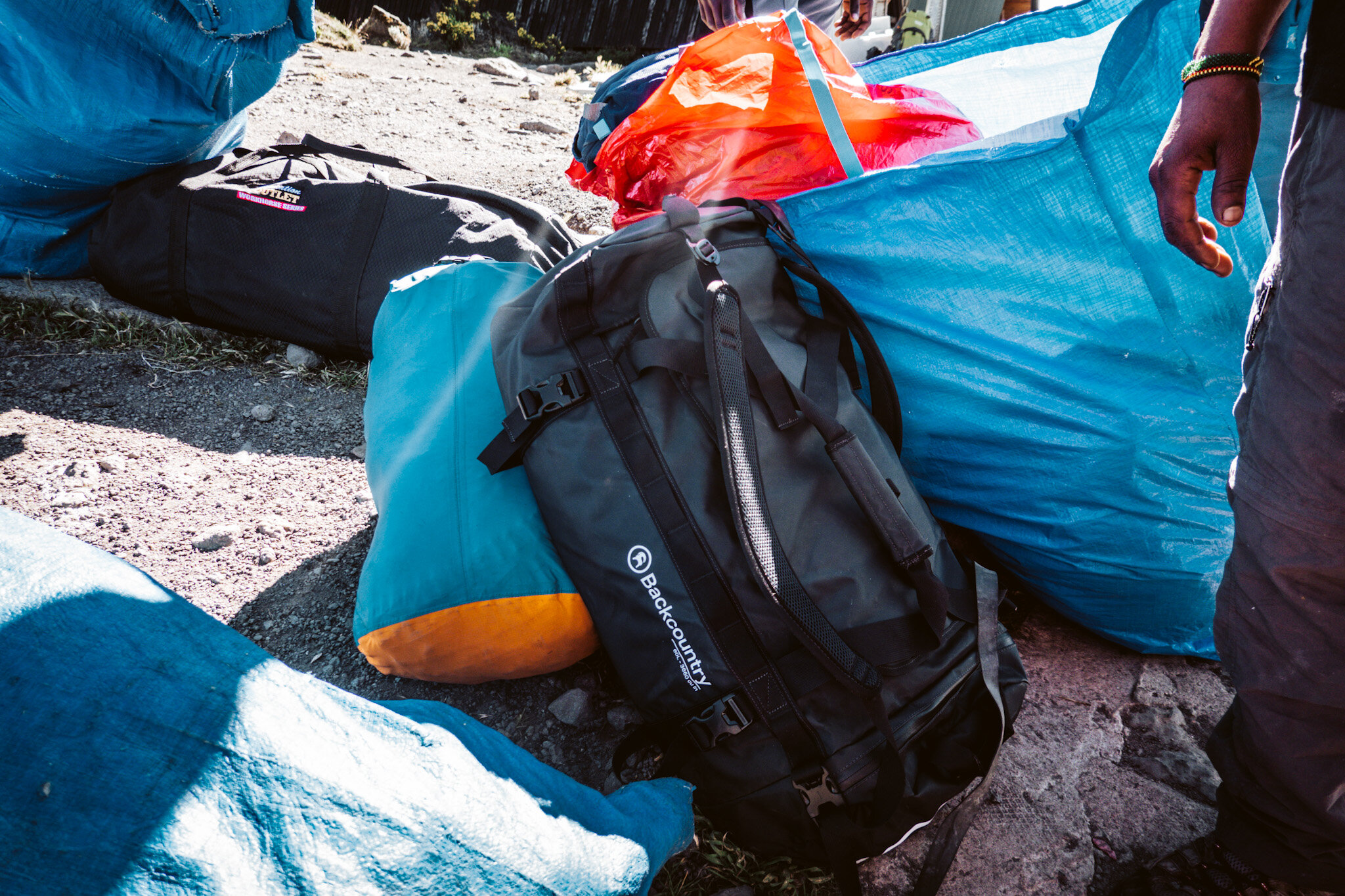
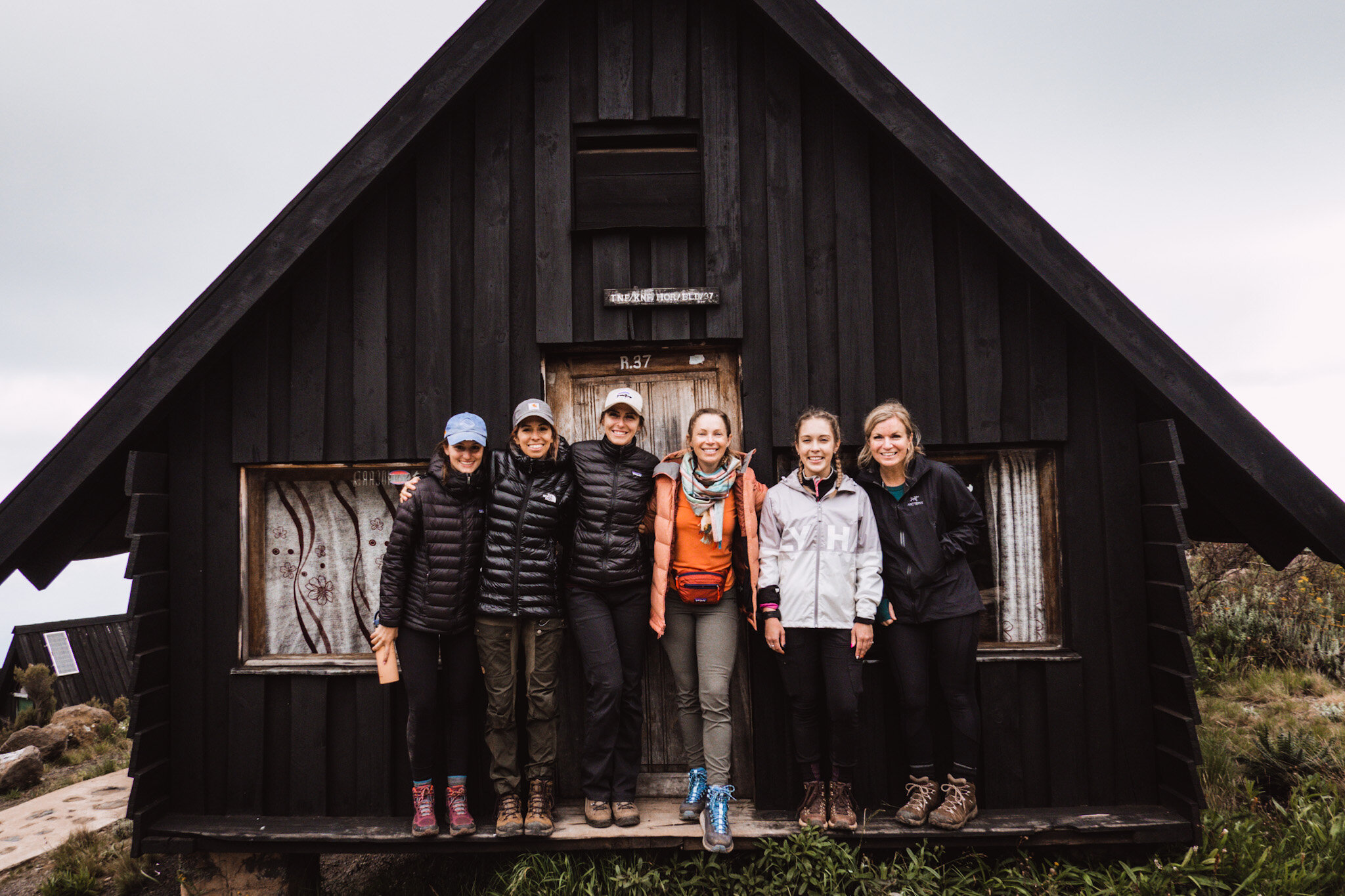
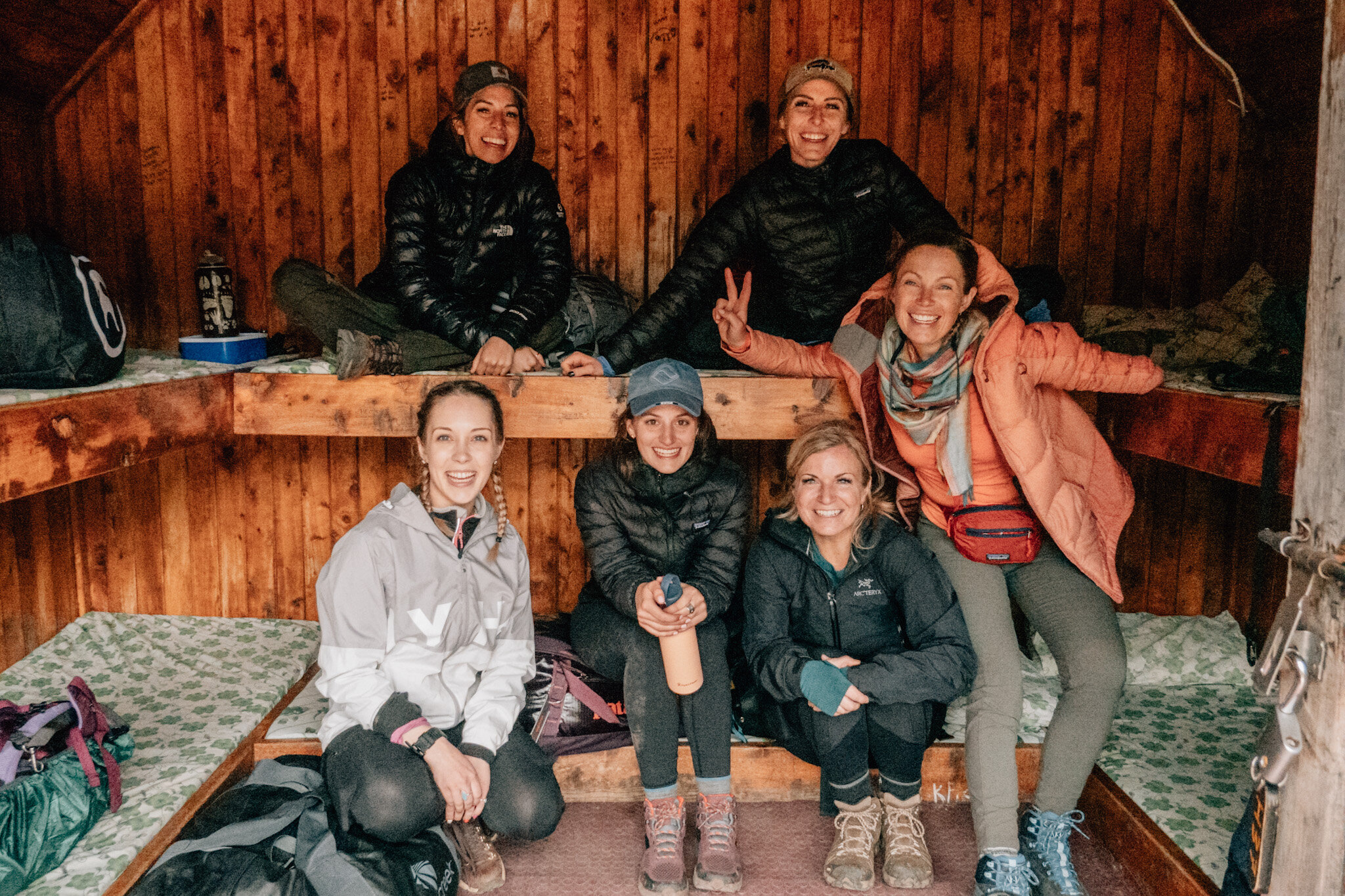
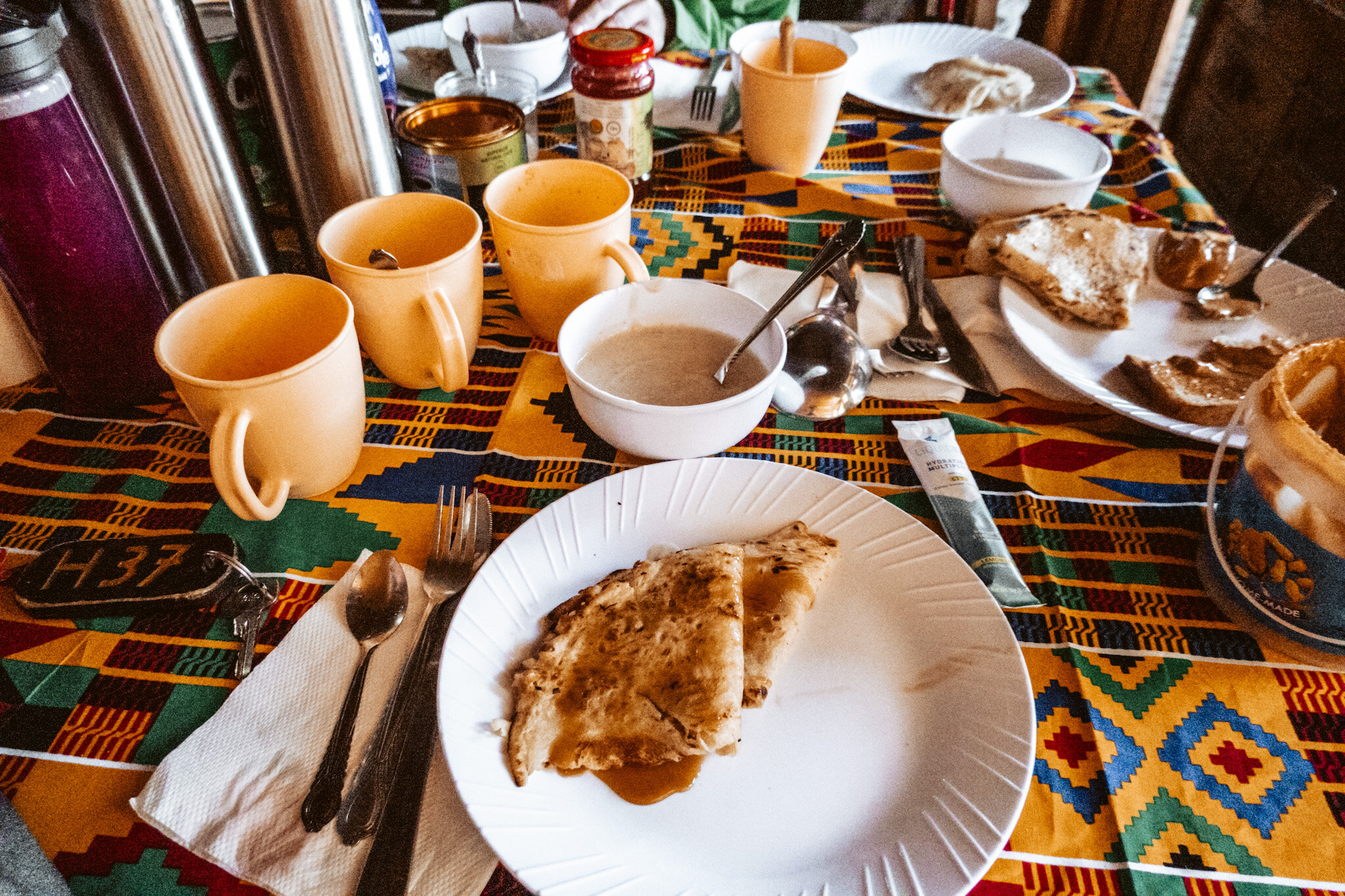
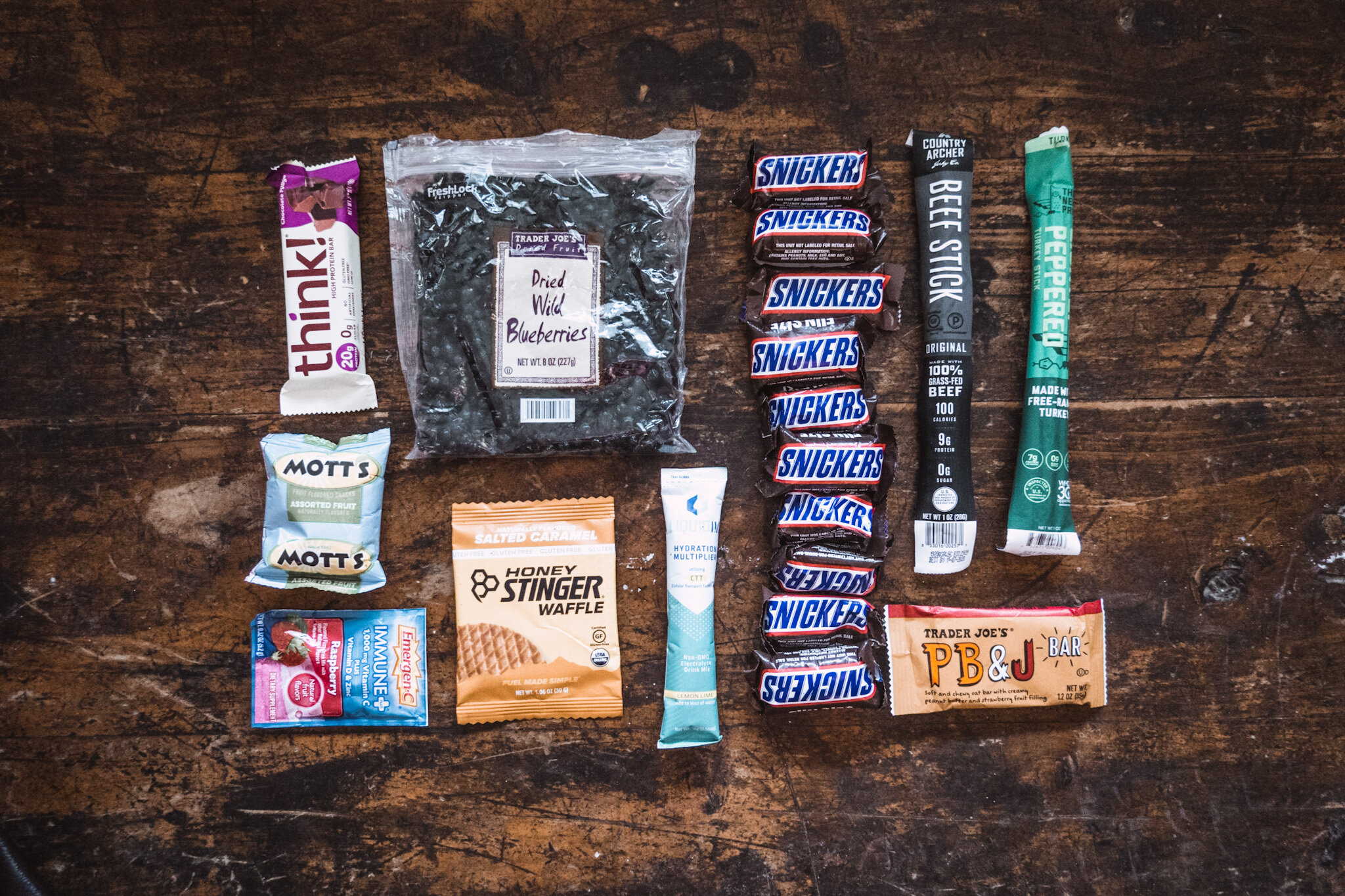
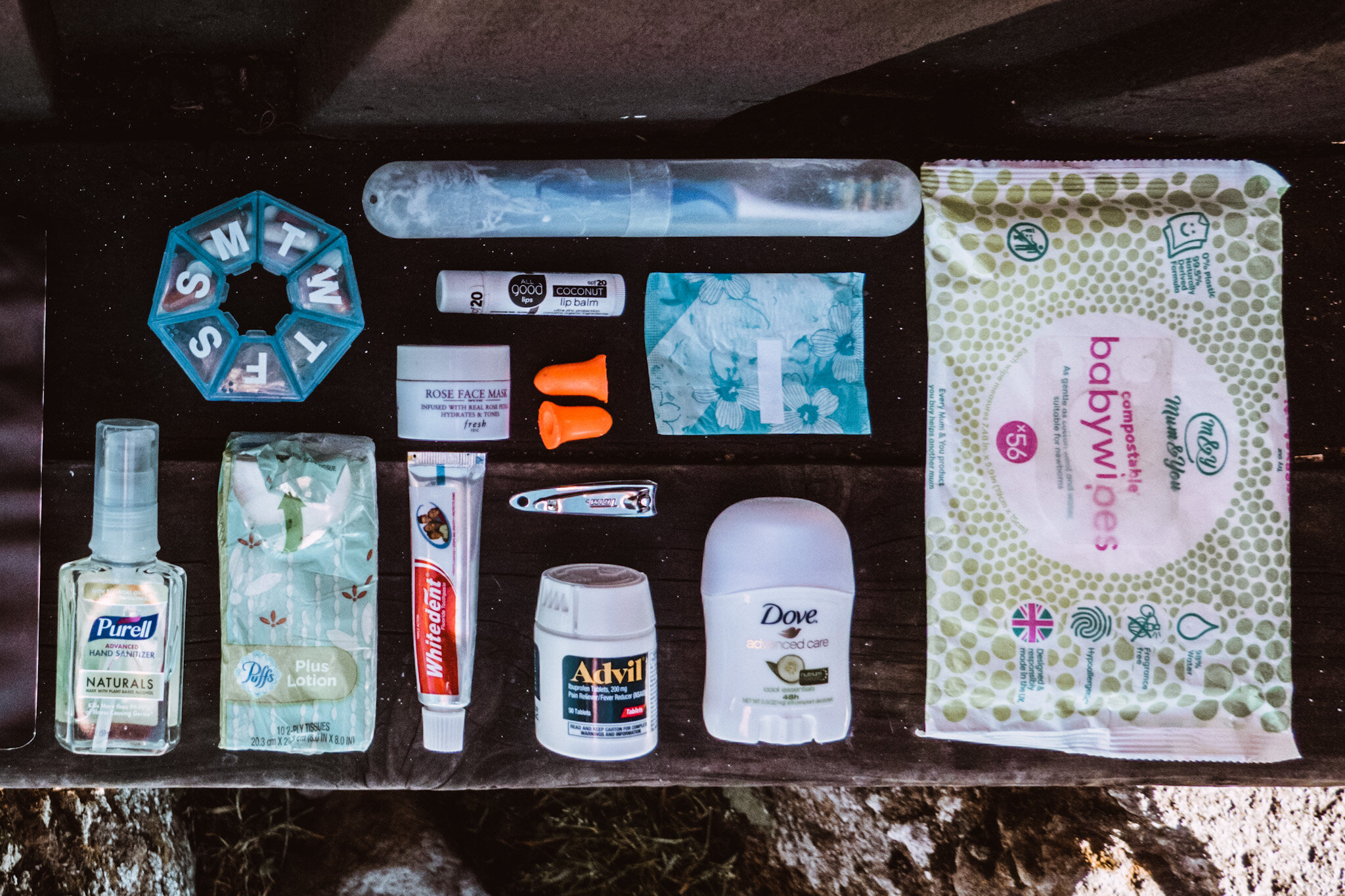
Comments +